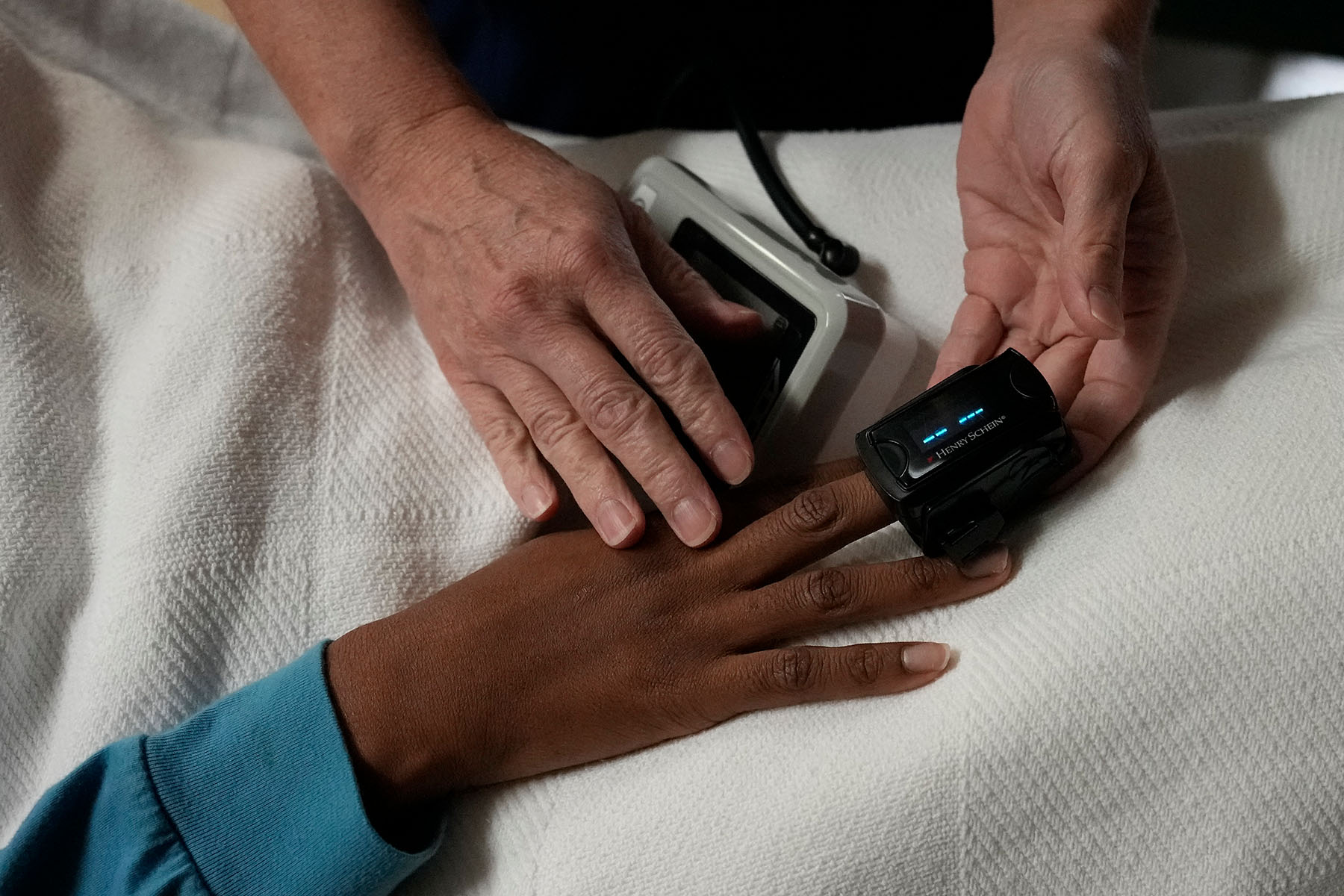This project is a collaboration between The Guardian and The 19th.
The landmark 1973 Supreme Court case Roe v. Wade guaranteed the right to an abortion in the United States. Now, nearly five decades later, that right is under threat as the court prepares to hear oral arguments in a new case, Dobbs v. Jackson Women’s Health Organization.
How could a decision that was not met with widespread protest at the time be under threat less than half a century later? Congress has never enshrined the right to terminate a pregnancy in statute. That has left abortion access vulnerable and led to the precarious position abortion rights have in the United States today.
Here are some of the key moments in the almost five decades that have passed since the Roe v. Wade ruling.
Text by Jessica Glenza, and photo editing by Lydia Chebbine.

(Click to expand the photos for caption information.)
1973
In a 7-2 decision, the all-male Supreme Court ruled that the Constitution protects the right to an abortion. Justices find abortion is a “fundamental” right to a person’s “life and future,” and that Texas violated the rights of “Jane Roe” when an abortion ban prevented her from obtaining one.
“When the decision came down, we were elated,” said Eleanor Smeal, who was active in the feminist movement at the time, and who is now president of the Feminist Majority Foundation. “It was a celebration, it was happiness, and people thought the fight was over — we won.”
“The movement wasn’t thinking of, ‘Oh my God, we’re going to have to fight to protect this,’” Smeal added. “We couldn’t imagine anyone would hammer away.”
The decision was preceded by decades of activism, with momentum decidedly on the side of those working to liberalize abortion laws. Constituencies as diverse as radical feminists, clergy and doctors came together to call for reform to laws criminalizing abortion.
“There was a big movement for legalizing abortion before the Supreme Court decision, I think people forget that,” Smeal said. “We talk about back alley abortion, but [women] were dying.”
People gained access to legal abortion up to the point a fetus could survive outside the womb. Big city hospitals shuttered “septic abortion” wards, where many low-income people had died, infected and injured, from desperate attempts to end pregnancies.
People also gained access to abortion through Medicaid, a public health insurance program for low-income people and those living with disabilities. Abortion joined contraceptives, legalized for unmarried people just one year earlier, as a newly available method of family planning.
The anti-abortion movement as we know it today had yet to coalesce, but stridently anti-abortion and anti-LGBTQ+ North Carolina U.S. Sen. Jesse Helms did successfully pass the Helms Amendment, which banned use of foreign health aid to promote “abortion as a method of family planning” overseas. The amendment remains in effect today.
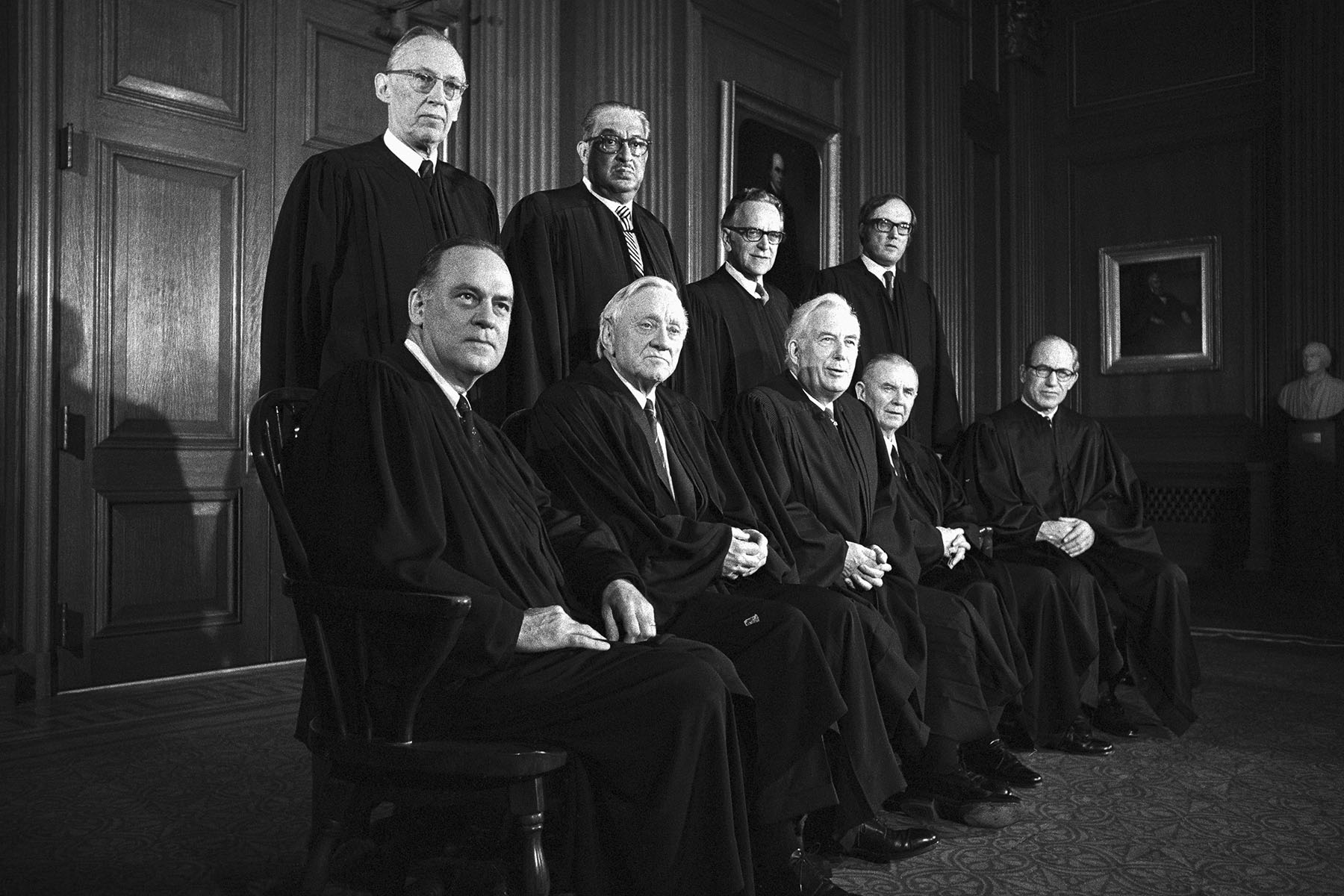

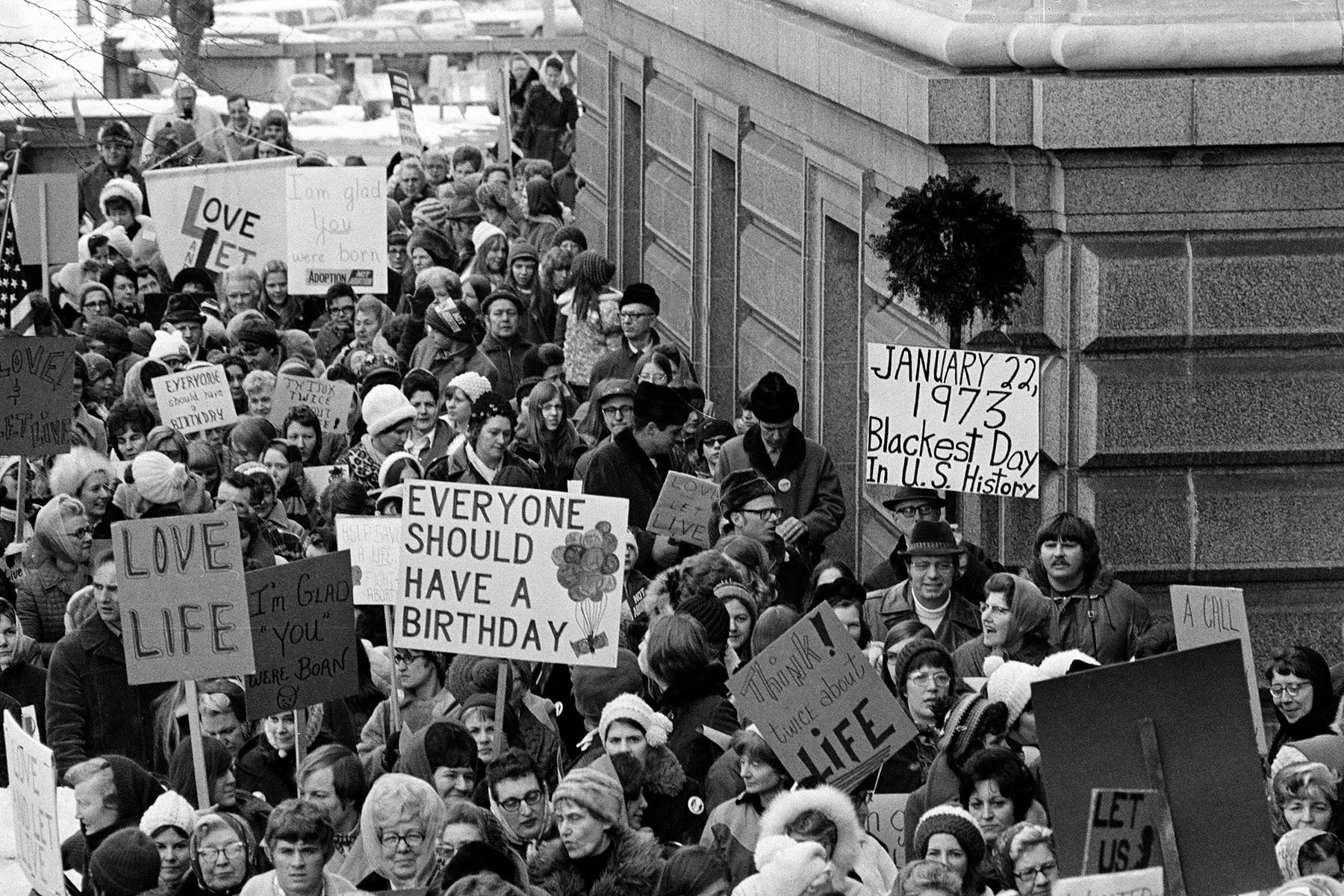
1976
The Hyde Amendment, a temporary budget rider which barred Medicaid from paying for abortions, passed in the House of Representatives with a large majority. It was encouraged by Catholic bishops, and, unlike the polarized politics of today, votes were not split strictly along party lines. More than 100 Democrats supported the measure, and 32 Republicans opposed it.
At the time, some argued the Hyde Amendment unfairly discriminated against low-income people. The law, still in place, has made it far more difficult to obtain abortions, often forcing people to pay hundreds of dollars for the procedure. Three-quarters of people who seek abortions in the United States are low-income. The policy disproportionately impacts people of color.
This period would represent a turning point in Republican politics. Republican political activists such as Phyllis Schlafly worked to bring together Evangelicals and conservative Catholics by uniting them in concern about women’s changing place in society and how they would exercise new rights such as abortion. Until then, legal abortion had been supported by many Republicans.
“Schlafly and her supporters argue that 1960s liberalism celebrates the individual and promotes the rights of the individual at the expense of the family and at the expense of a kind of moral order,” Harvard historian Jill Lepore told On the Media. In turn, “abortion becomes a linchpin” for this argument, she added.
The same year, the IRS revoked the tax-exempt status of Bob Jones University, a Christian college that defiantly refused to admit Black students on “religious liberty” grounds. Dartmouth University religious history professor Randall Balmer argued this was an important moment in activating White Evangelical protestant voters, or the “moral majority,” who would join many Catholic voters in being receptive to anti-abortion political messaging.
Evangelical opposition to abortion “was a kind of historical accident,” said Balmer, who details this history in his recent book “Bad Faith: Race and the Rise of the Religious Right.” “It allowed them to deflect attention away from the real narrative and to advocate on behalf of the fetus.”
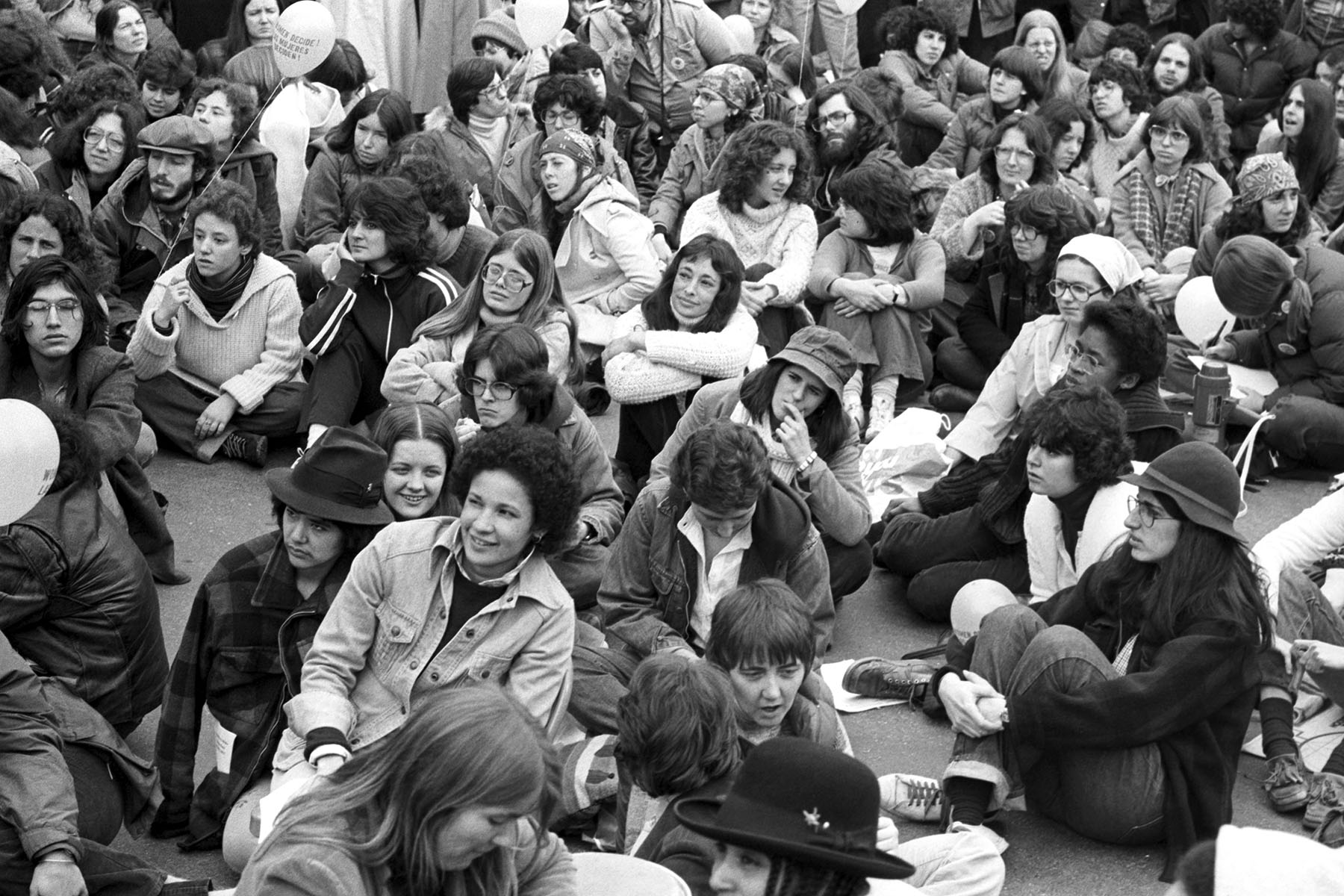
- Rep. Henry Hyde speaks to the media about the Supreme Court’s decision to uphold the amendment named after him on June 30, 1980. (Charles Harrity/AP)
- An open coffin containing tools used in illegal abortions is propped up near abortion rights signs during a rally in New York City in 1980. (Mariette Pathy Allen/Getty Images)
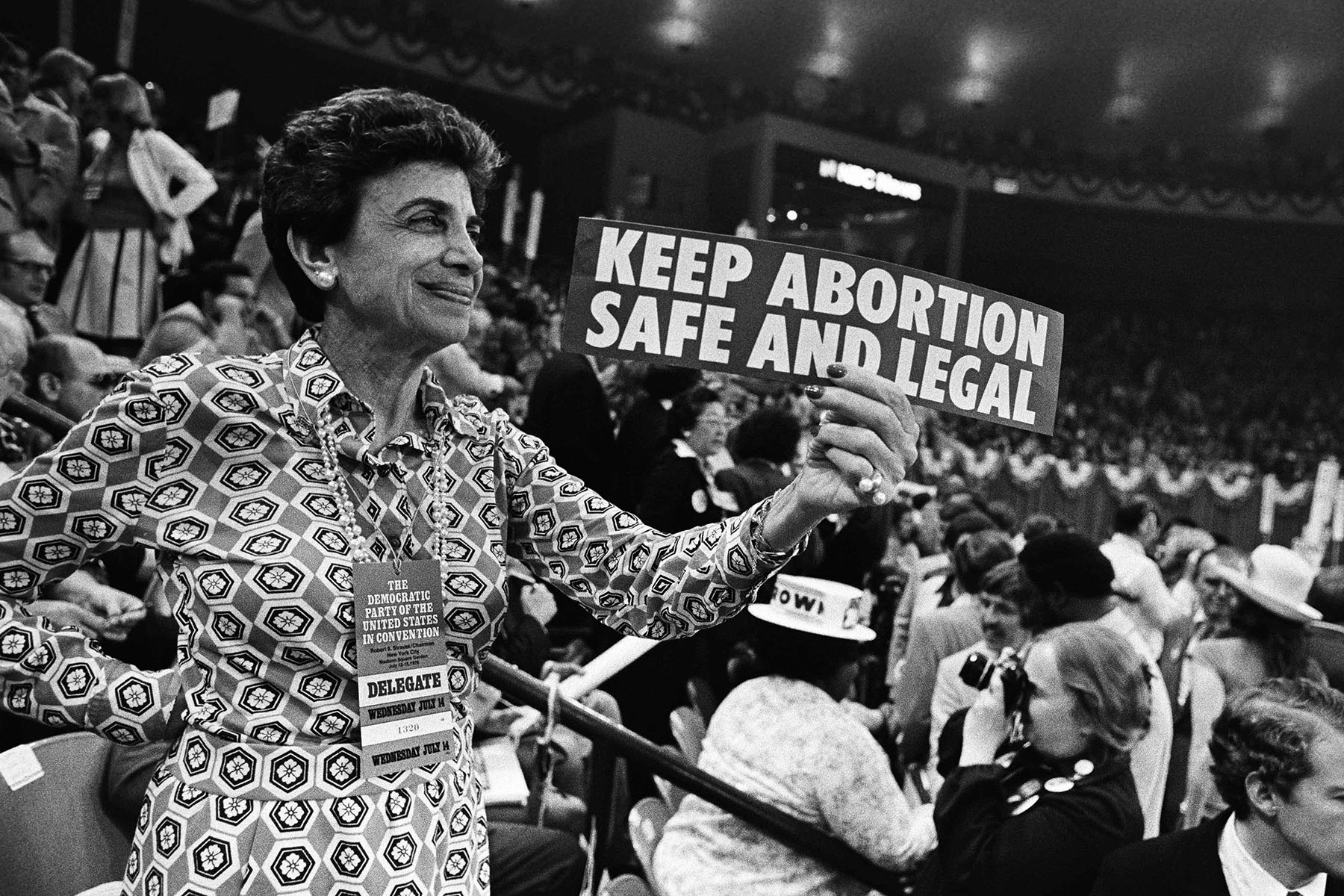
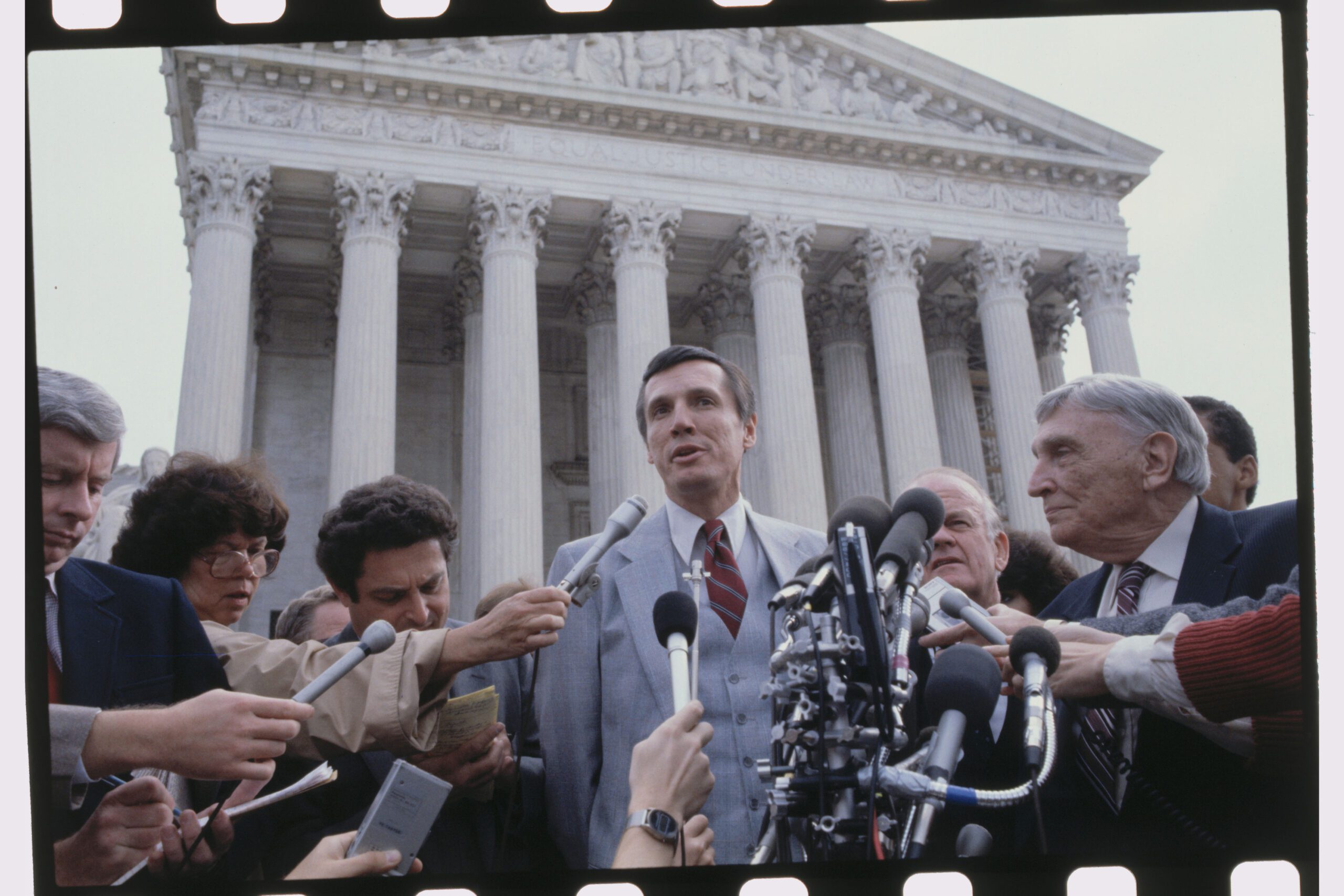
1982
Pennsylvania passed among the most stringent abortion restrictions in the nation with the Abortion Control Act, which required minors to gain parental consent to obtain an abortion, imposed a 24-hour waiting period for abortions and required married women to notify their husbands they were seeking an abortion.
Although it was not the first state or city to enact such impediments, it became the most significant, because its law survived a court challenge. The early 1980s also saw the rise of the religious right with the election of President Ronald Reagan, who voiced support for a constitutional amendment to ban abortion.
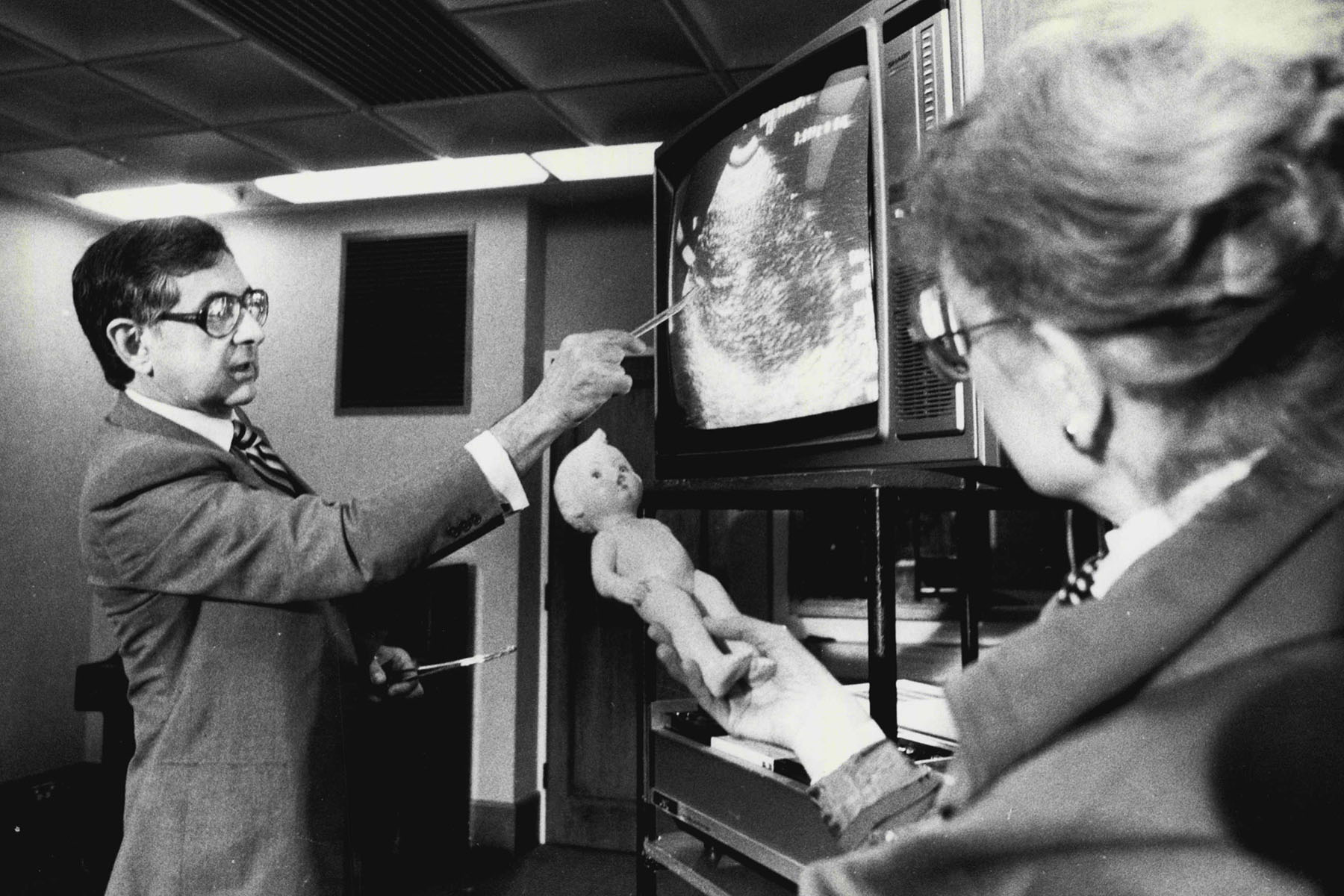
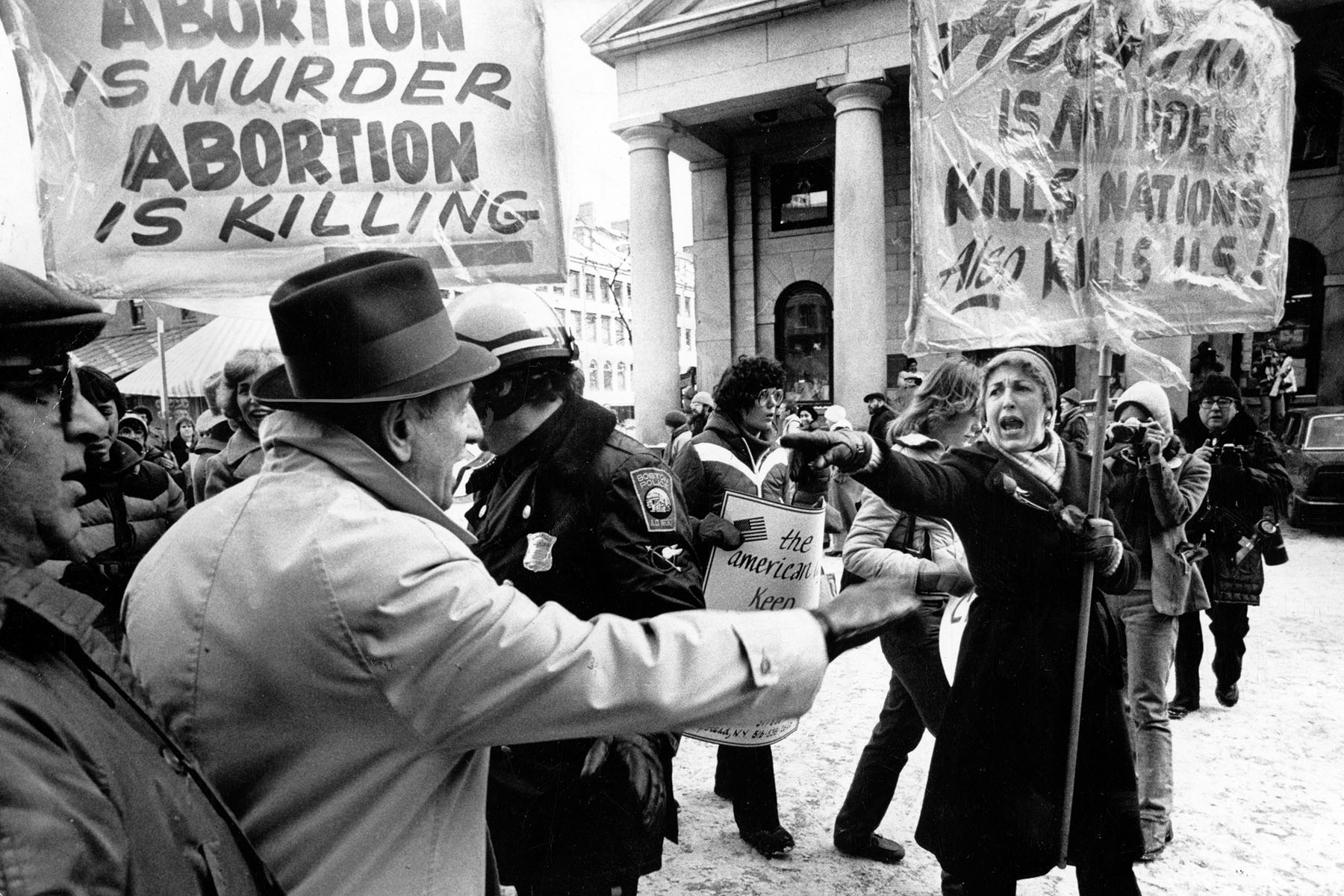
1992
Litigation against Pennsylvania’s Abortion Control Act reached the Supreme Court in a case called Planned Parenthood v. Casey. The court upheld the essential ruling in Roe v. Wade, but allowed states to pass more abortion restrictions as long as they did not pose an “undue burden.”
The decision ushered in a new era of anti-abortion restrictions, which would come to be known as TRAP laws, or targeted regulation of abortion providers. States passed hundreds of expensive and burdensome restrictions, often in an effort to test the constitutional limits of the court’s new ruling.
The same year, President Bill Clinton, then governor of Arkansas, famously said abortion should be, “safe, legal and rare,” a phrase which was later seen as a symbol of the Democratic party’s acceptance that abortion was implicitly shameful.
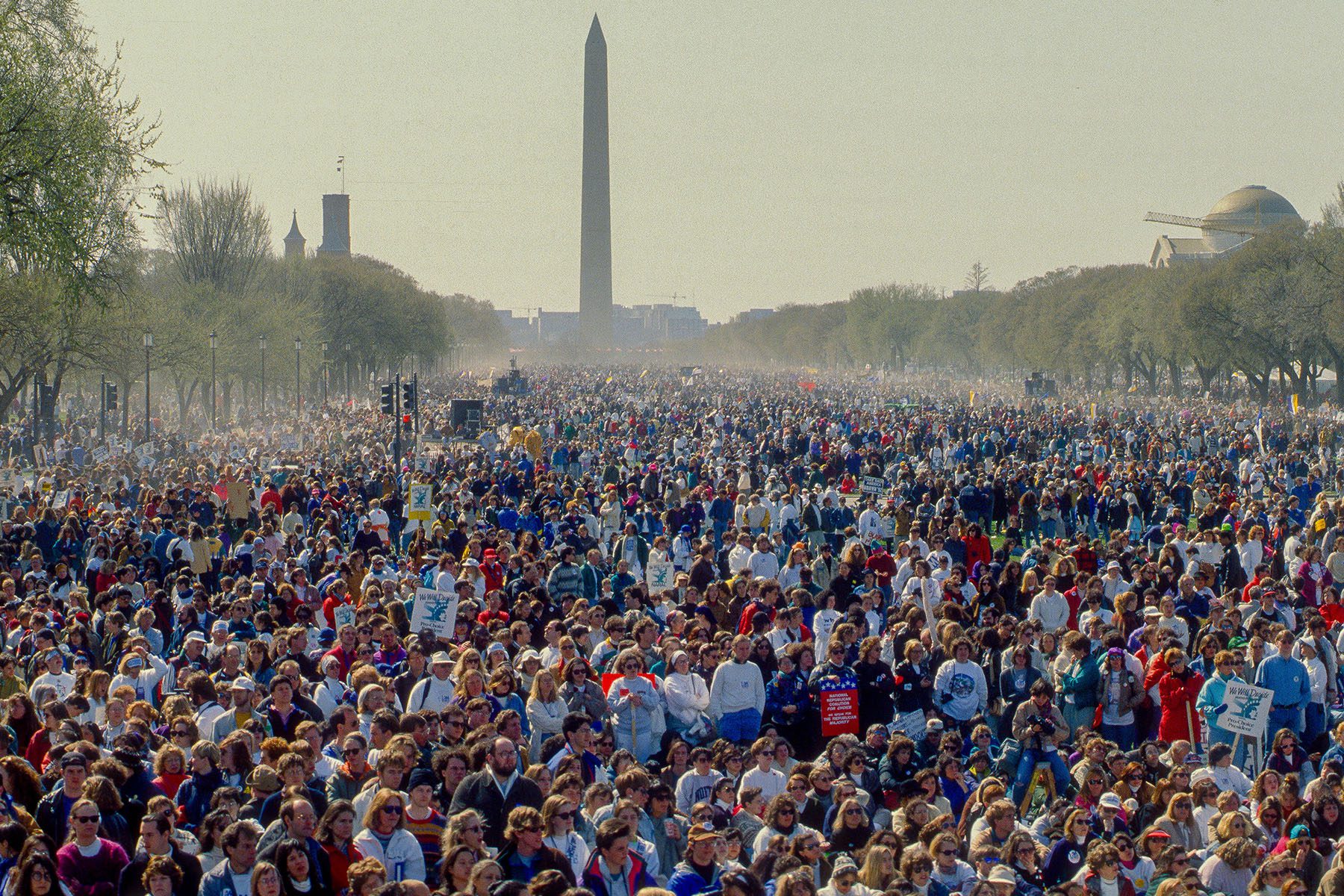
- Attendees of the March for Women’s Lives demonstrate in response to the Supreme Court case Casey v. Planned Parenthood in April 1992. (Mark Reinstein/Corbis/Getty Images)
- Bill Clinton is escorted away from a crowd by Secret Service agents after an anti-abortion protester moved towards the then-Arkansas governor during a rally in July 1992 in Columbus, Ohio. (TIM CLARY/AFP/Getty Images)
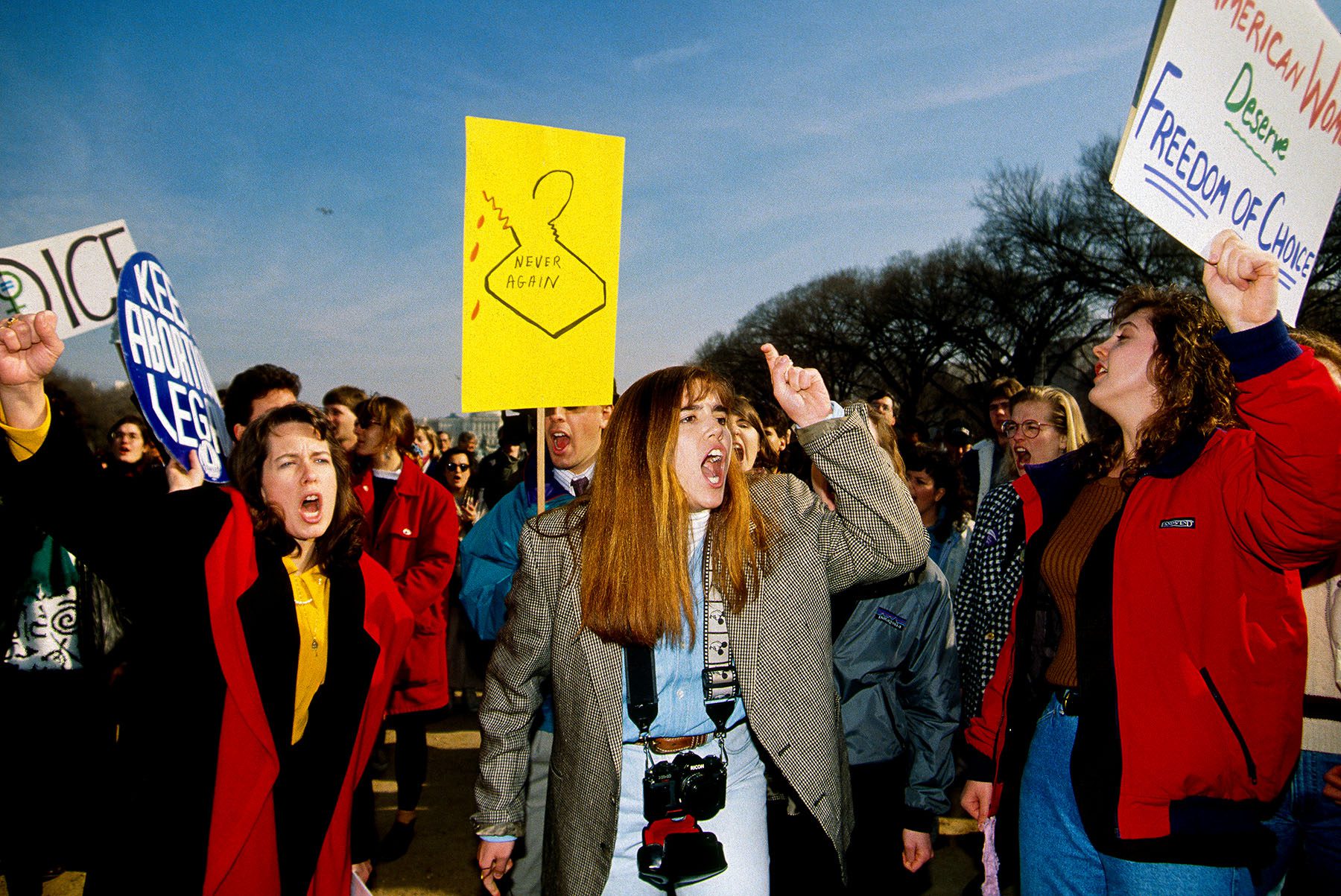
1993
Even as Casey ushered in a new era of incremental abortion restrictions and abortion access dwindled, anti-abortion zealots saw the case as a loss. Shortly after, some in the anti-abortion movement turned to violence and intimidation, organizing blockades of clinics. Their tactics culminated in the assassination of Dr. David Gunn, who was fatally shot outside an abortion clinic in Pensacola, Florida. Eleven people have been murdered as a result of attacks on abortion providers since 1977.
“Anti-abortion forces got very extreme in the 1980s and ’90s,” said Laura Briggs, author of “How All Politics Became Reproductive Politics: from Welfare Reform to Foreclosure to Trump.” “First they started bombing clinics and murdering providers, and formed the nucleus of the alt-right that we’re now living with as white nationalists.”
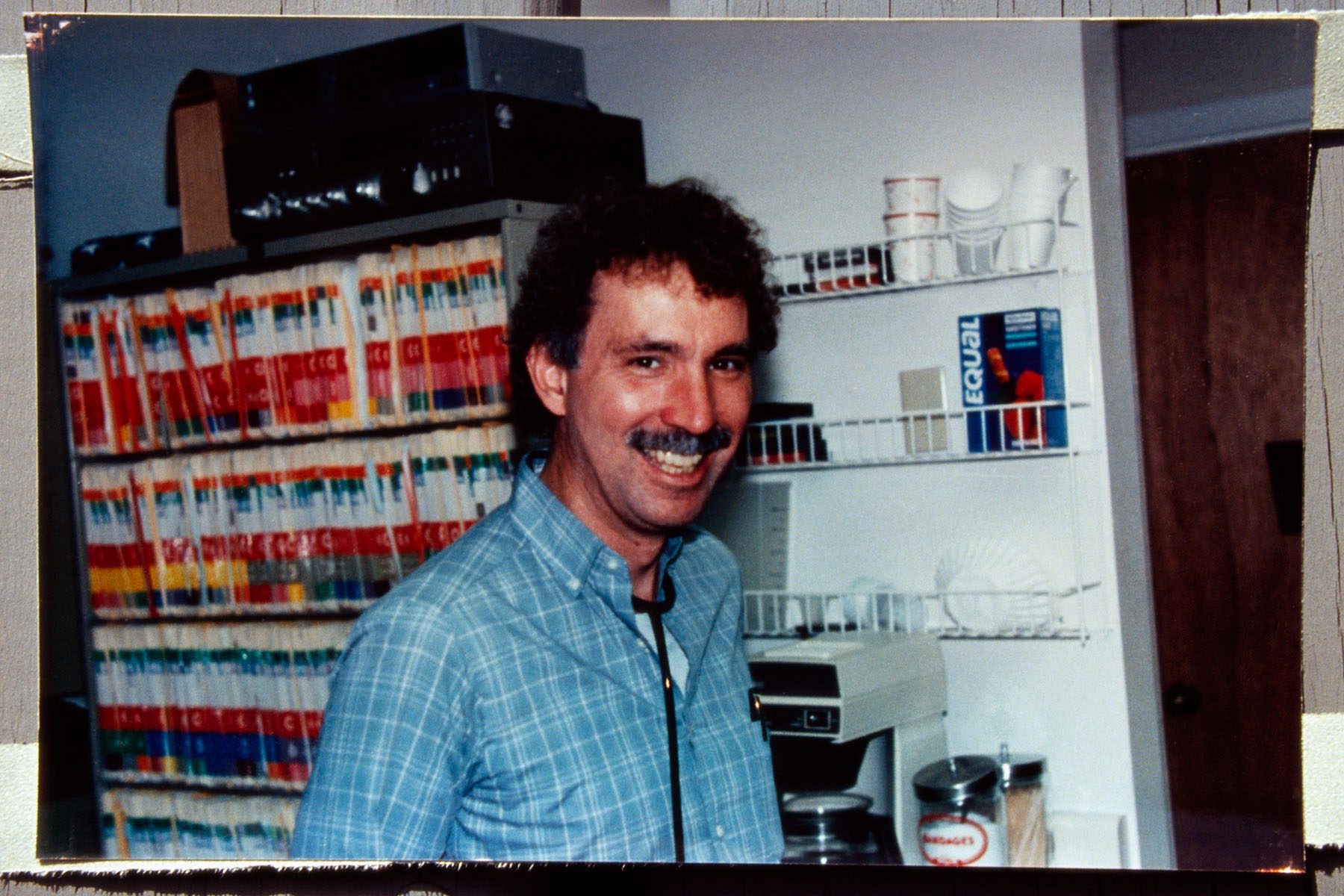
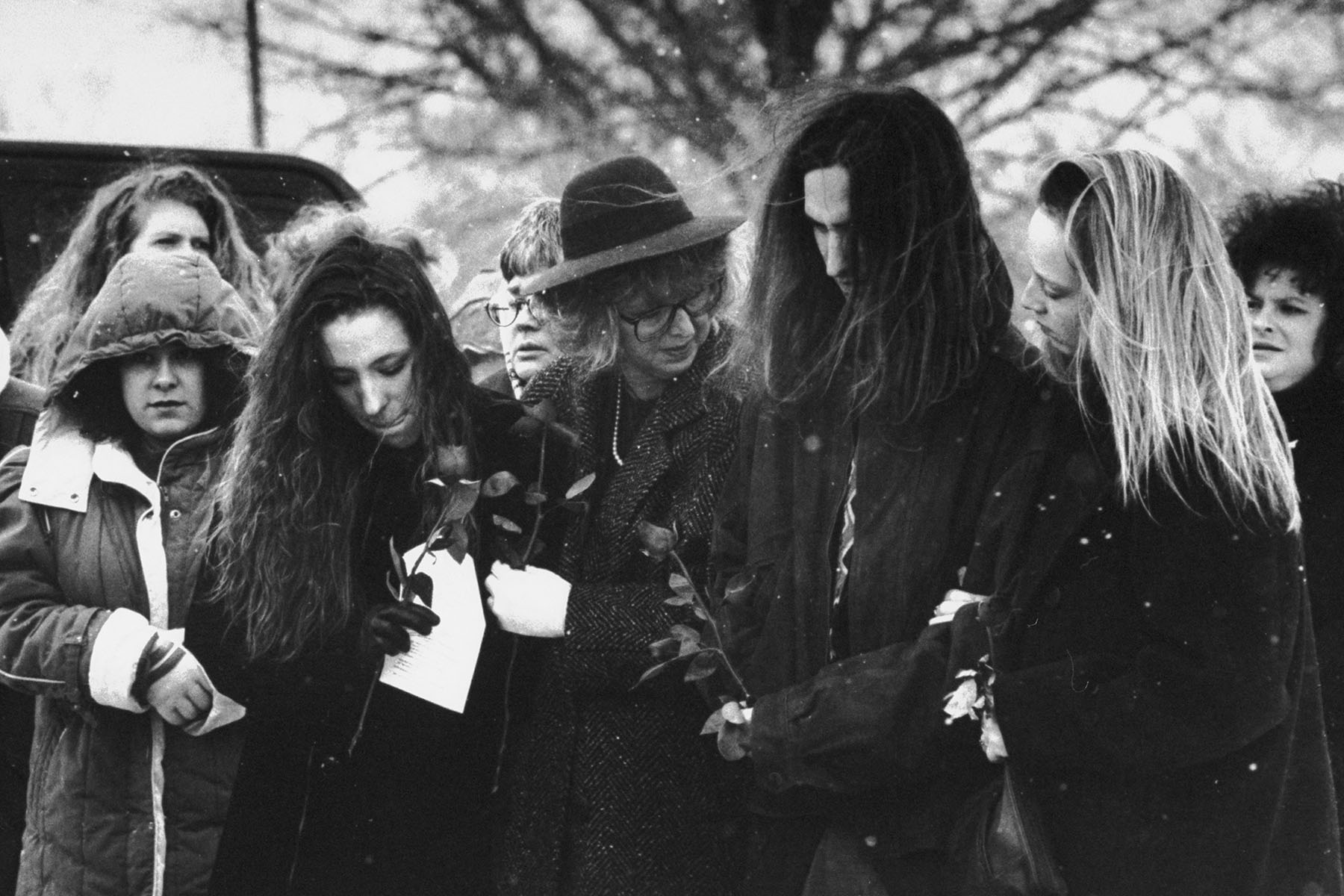
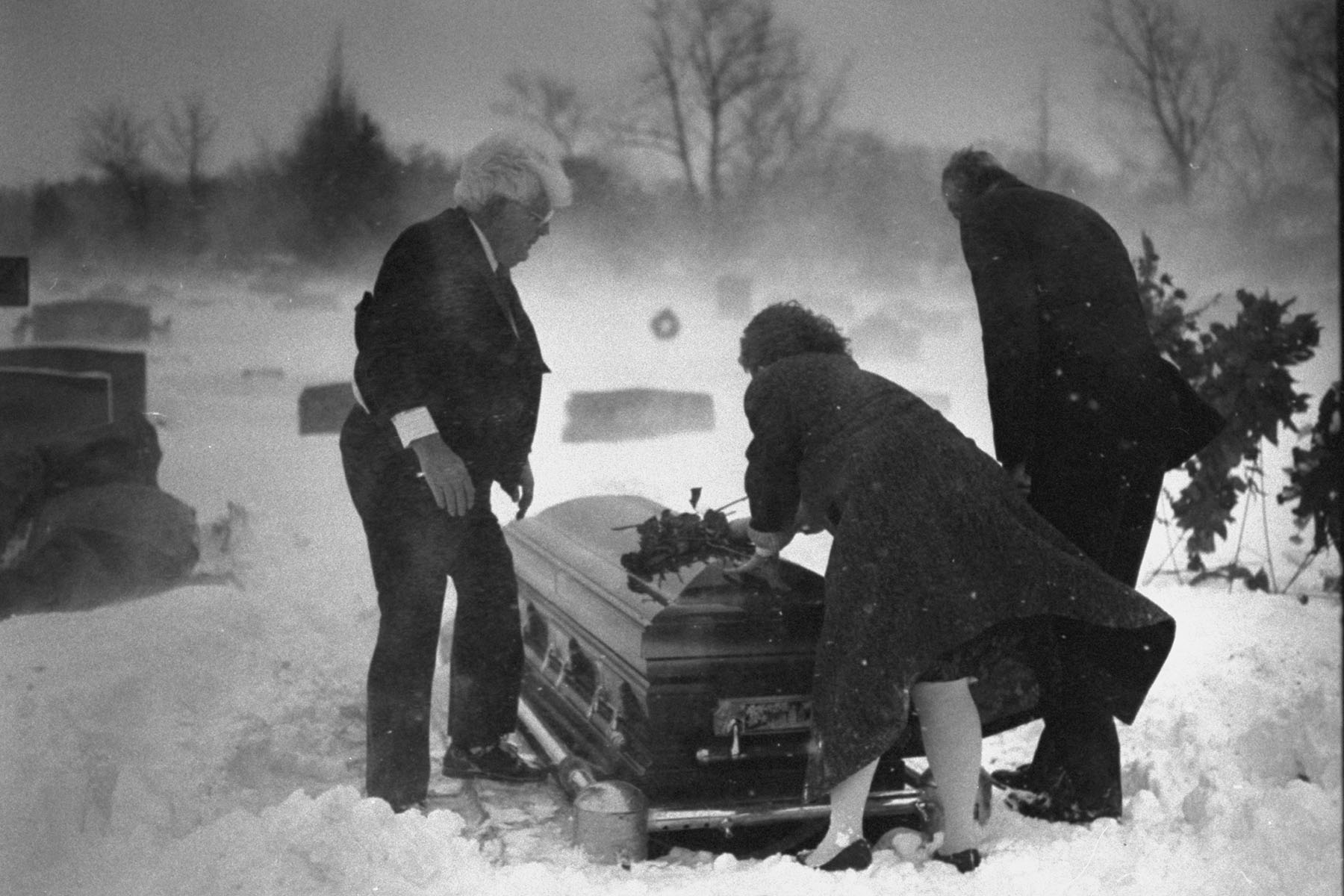
1994
Two Planned Parenthood receptionists, Shannon Lowney, 25, and Leanne Nichols, 38, were killed and five more people injured at separate shootings by the same perpetrator in suburban Boston. The same year, Dr. John Bayard Britton, 69, and clinic security volunteer James Barrett, 74, were shot and killed by an anti-abortion extremist outside another Pensacola clinic.
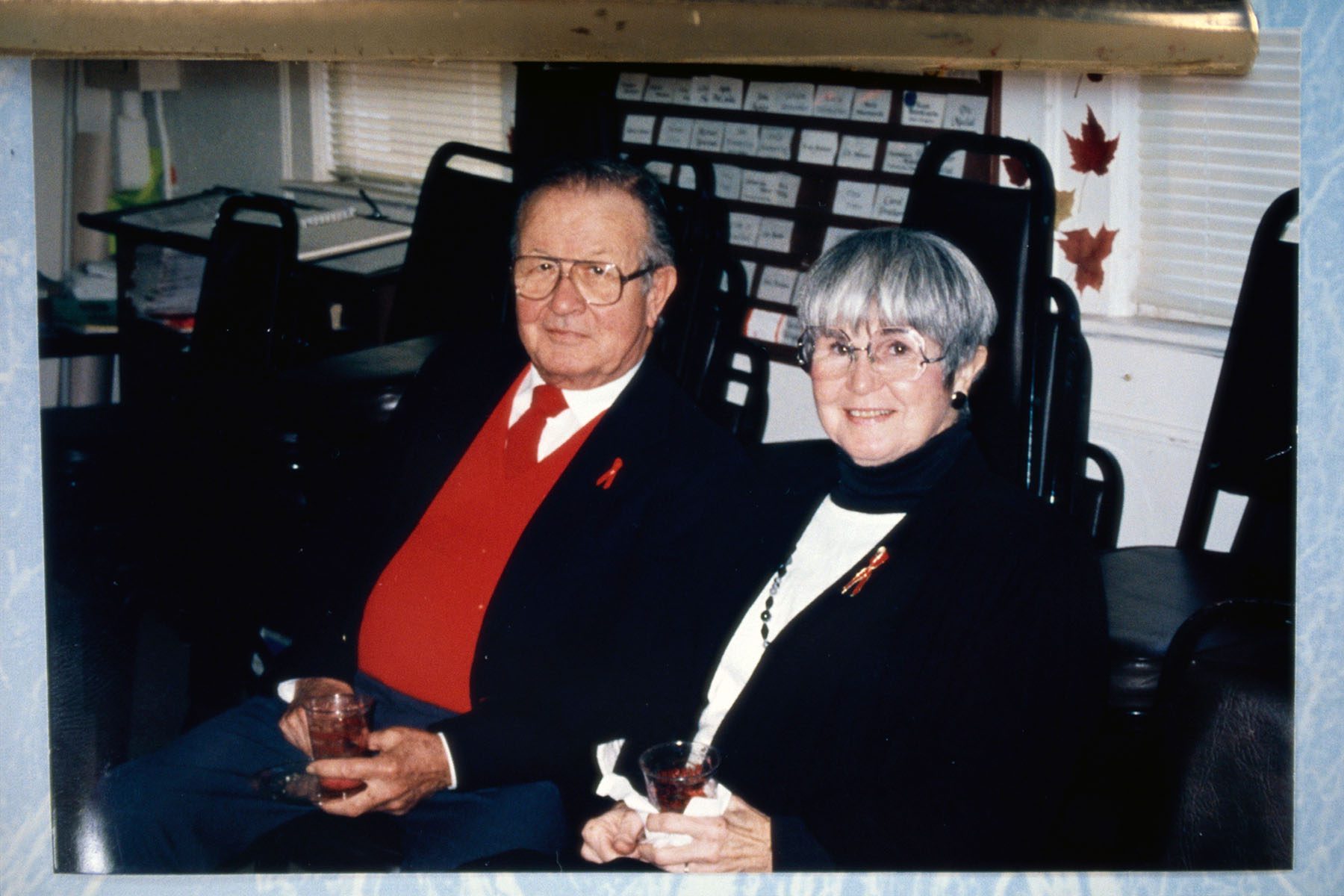
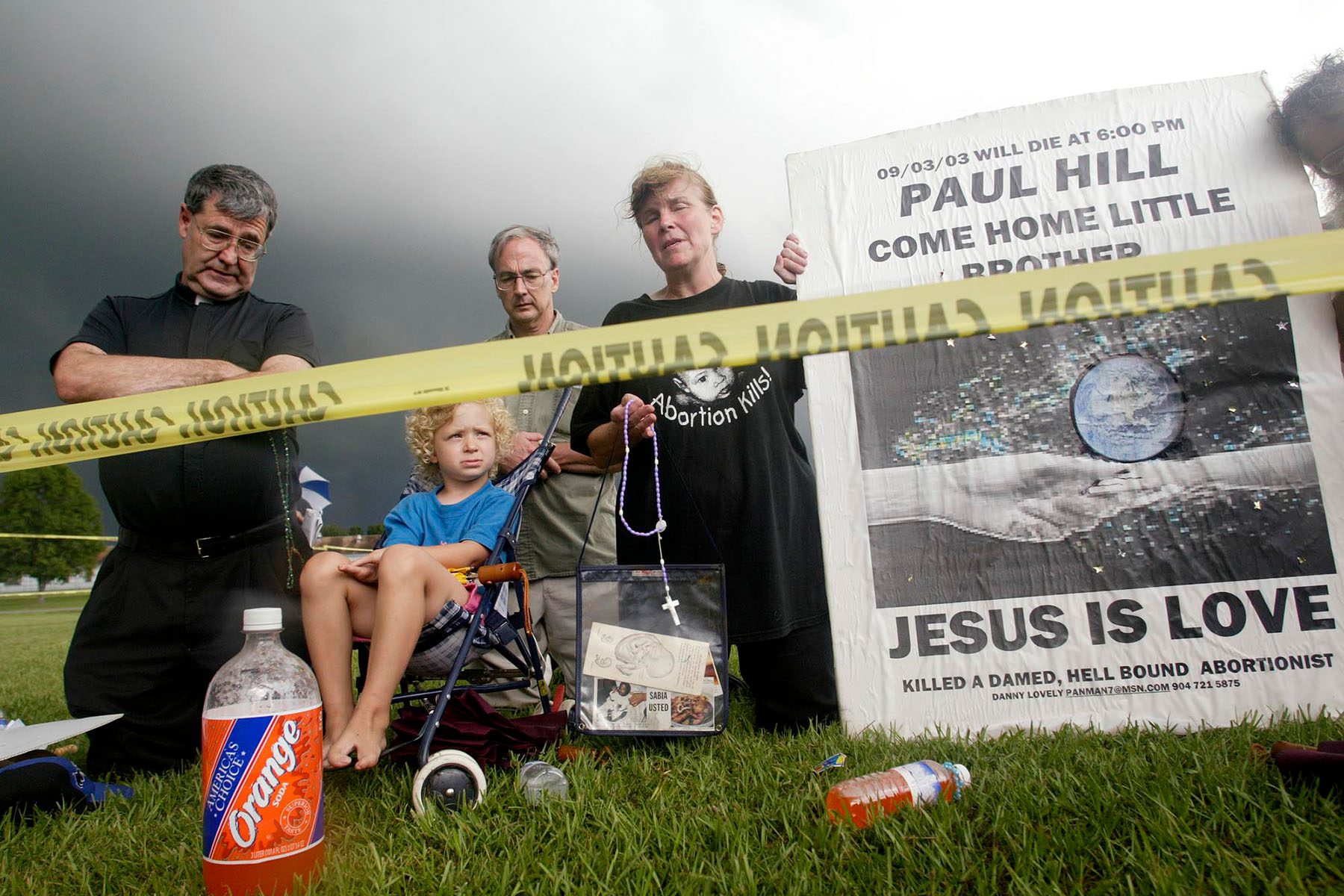
1998
A Canadian man shot Dr. Barnett Slepian — a Buffalo, New York, abortion provider — through his kitchen window with a high-powered rifle. The perpetrator remained free for five years before he was apprehended.
The same year, a nail bomb exploded outside a Birmingham, Alabama, abortion clinic, killing off-duty police officer Robert Sanderson. The man responsible, Eric Rudolph, eventually pleaded guilty to the 1996 bombing of the Atlanta Olympics, as well as bombings at two more abortion clinics and a gay bar.
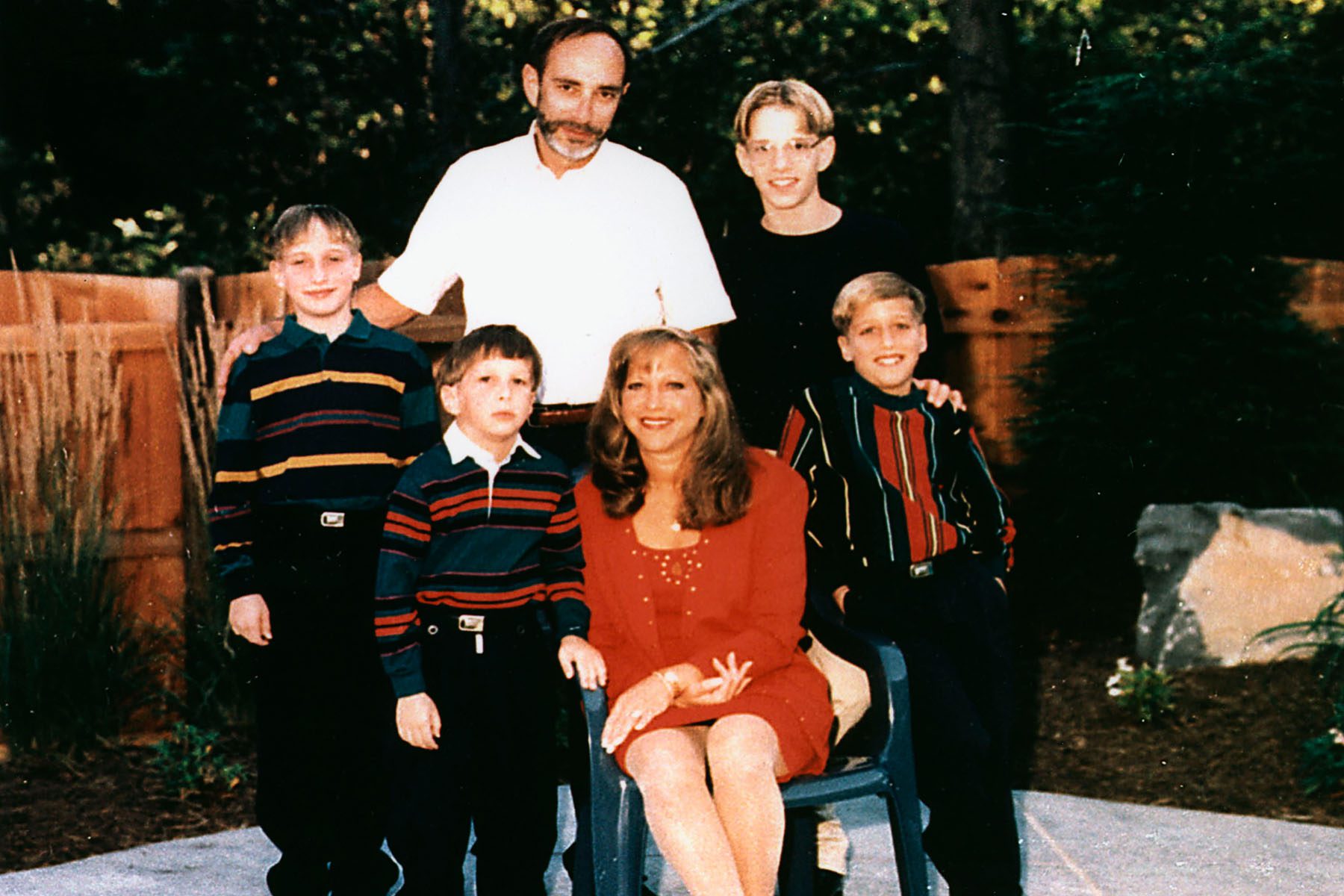
- Law enforcement agents search the grounds outside the New Woman All Women Health Care clinic in Birmingham, Alabama, in January 1998 after a bomb exploded outside the clinic. (Caroline Baird/AP)
- Defense attorney Bruce Barkett speaks with media following the one-day trial of his client James Kopp in March 2003 in Buffalo, New York. (John Normile/Getty Images)

2000
The FDA approved the drug mifepristone — the first pill available to end a pregnancy early in gestation. In the coming decades, the drug proved extremely safe and effective, and was used by millions. By 2017, mifepristone accounted for 39 percent of all abortions.
However, it also became the target of attacks and disinformation. Some states required a doctor to be in the room when dispensing the medication, effectively banning telemedicine abortions. In others, anti-science disinformation about the ability to “reverse” a medication abortion was allowed to flourish.
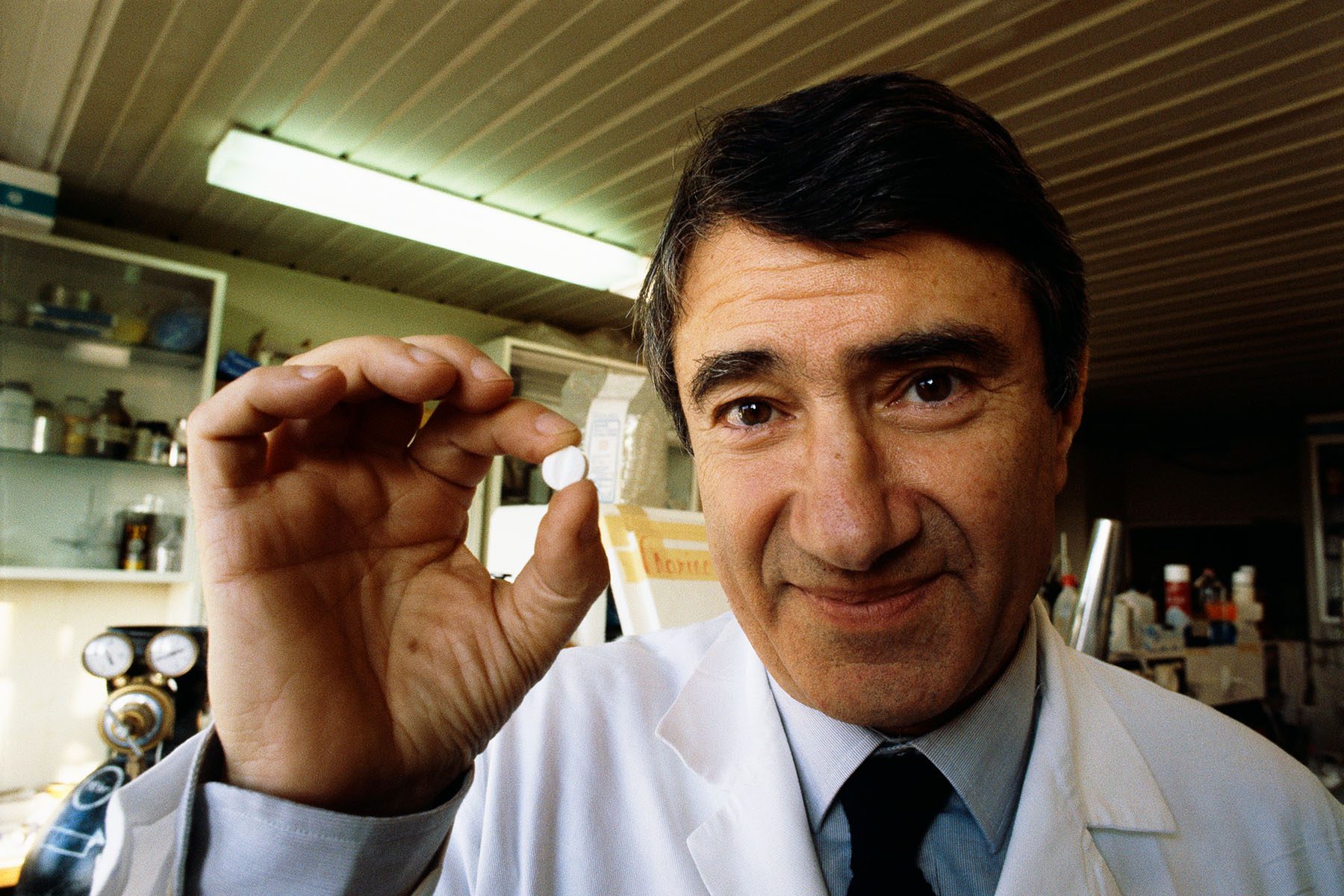
2007
The Supreme Court upheld a federal ban on dilation and extraction, a procedure opponents call “partial birth abortion.” In a 5-4 decision, the court ruled a ban on the procedure was constitutional, even though it was designed to lead to fewer complications for pregnant people. The decision weakened Roe, which held that a pregnant person’s health should be paramount.
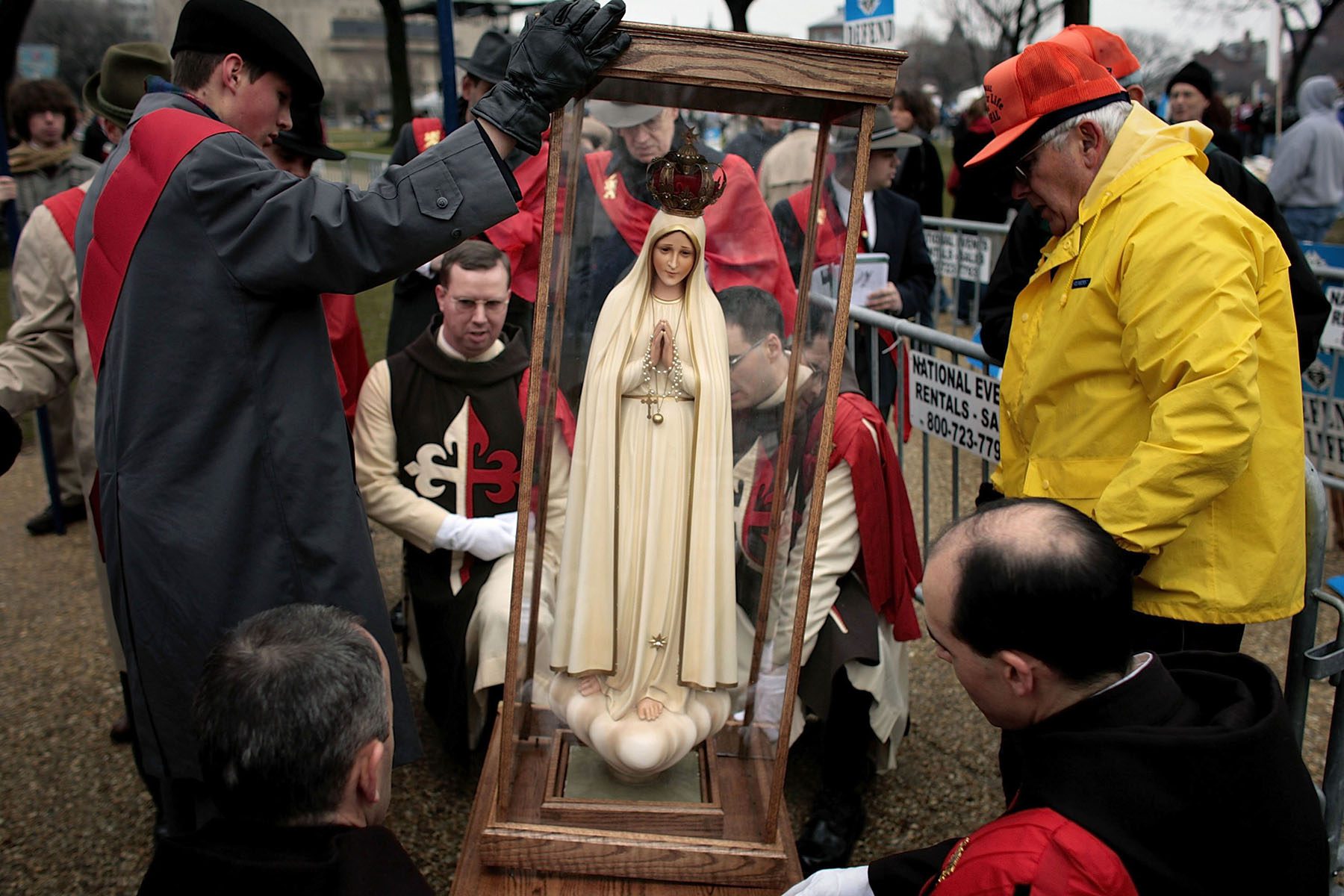
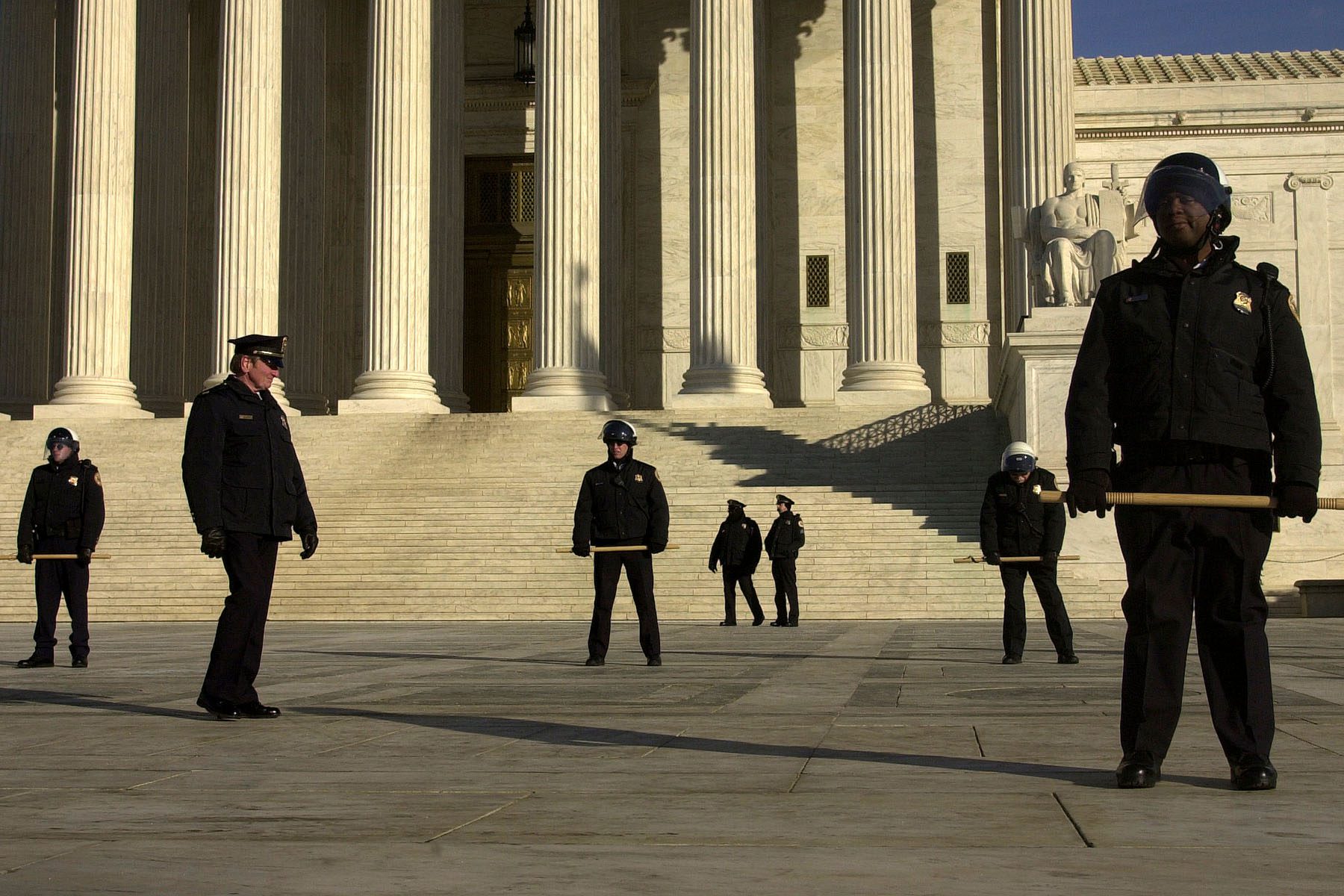
2009
Dr. George Tiller was shot and killed in the entrance of his church in Wichita, Kansas, by an anti-abortion extremist. Tiller was one of the few abortion providers in the country willing to perform the procedure late in pregnancy.

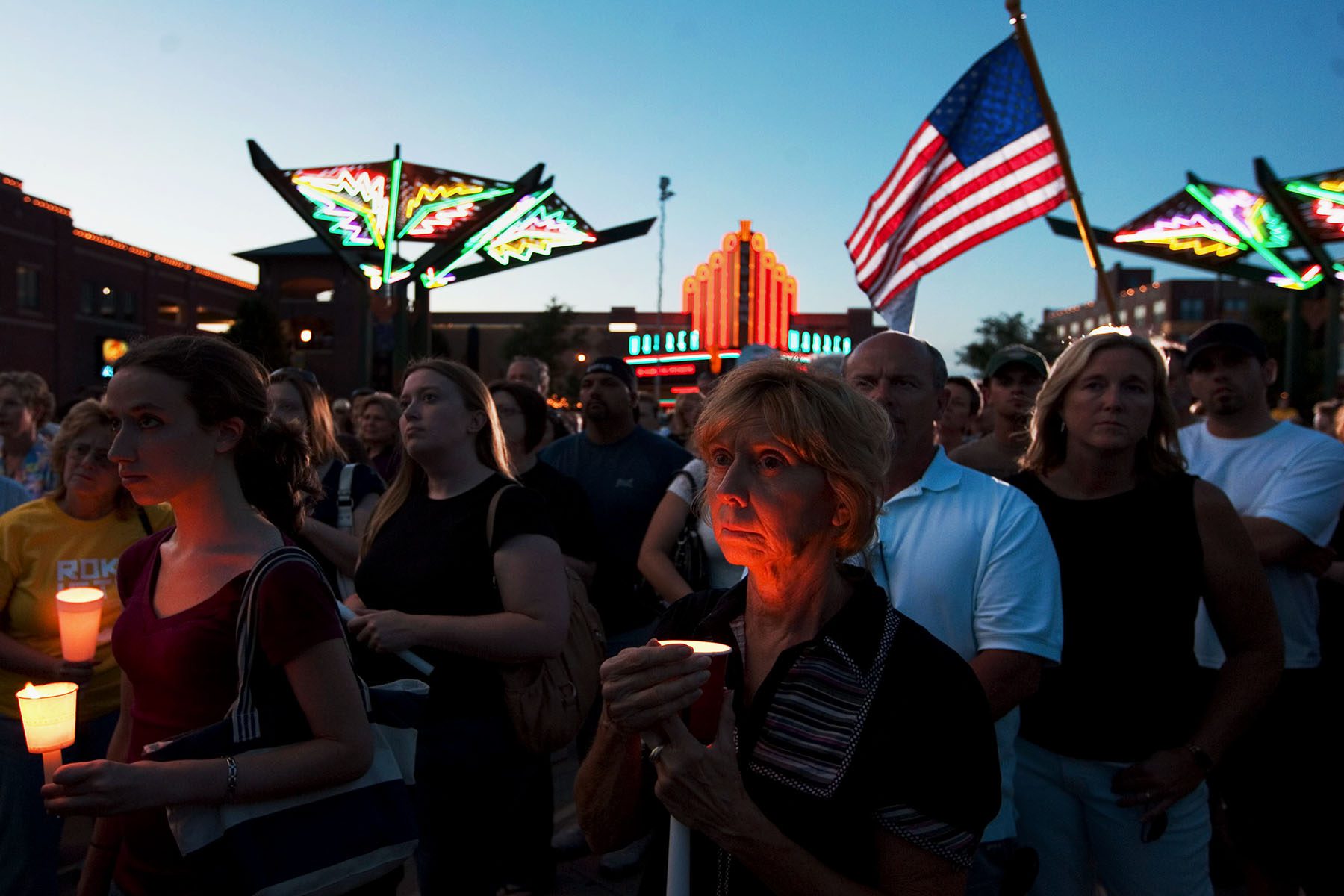
2013
Texas passed a law that required abortion providers to have “admitting privileges” at local hospitals. The requirement proved impossible for many doctors to meet, shut down dozens of clinics in Texas, and is then replicated by other states. The Midwest and South became the epicenters of anti-abortion legislation.
The same year, North Dakota passed the nation’s first “heartbeat bill,” a ban on abortion at roughly six weeks. That is before most people know they are pregnant and before the vast majority of abortions take place.
At the time it was passed, mainstream anti-abortion activists believed it was too extreme, and would only serve to bolster Roe.
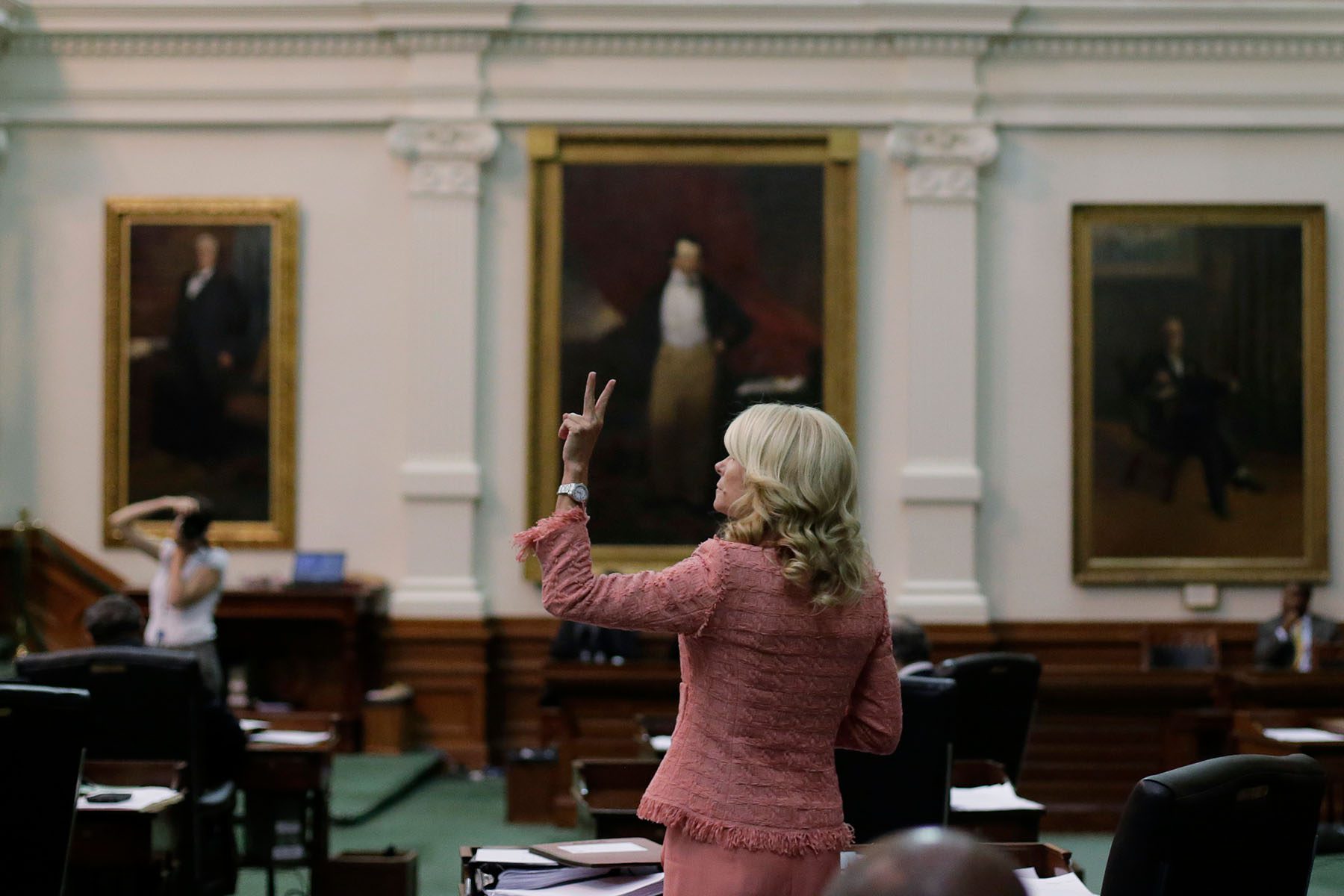
- Texas state troopers block the entrance to the State Capitol rotunda after abortion rights advocates filled it to capacity in Austin in July 2013.
-
Over a dozen state troopers monitor the Senate gallery of the Texas State Capitol, which is filled to capacity with supporters and opponents of abortion rights in July 2013.
(Tamir Kalifa/AP)

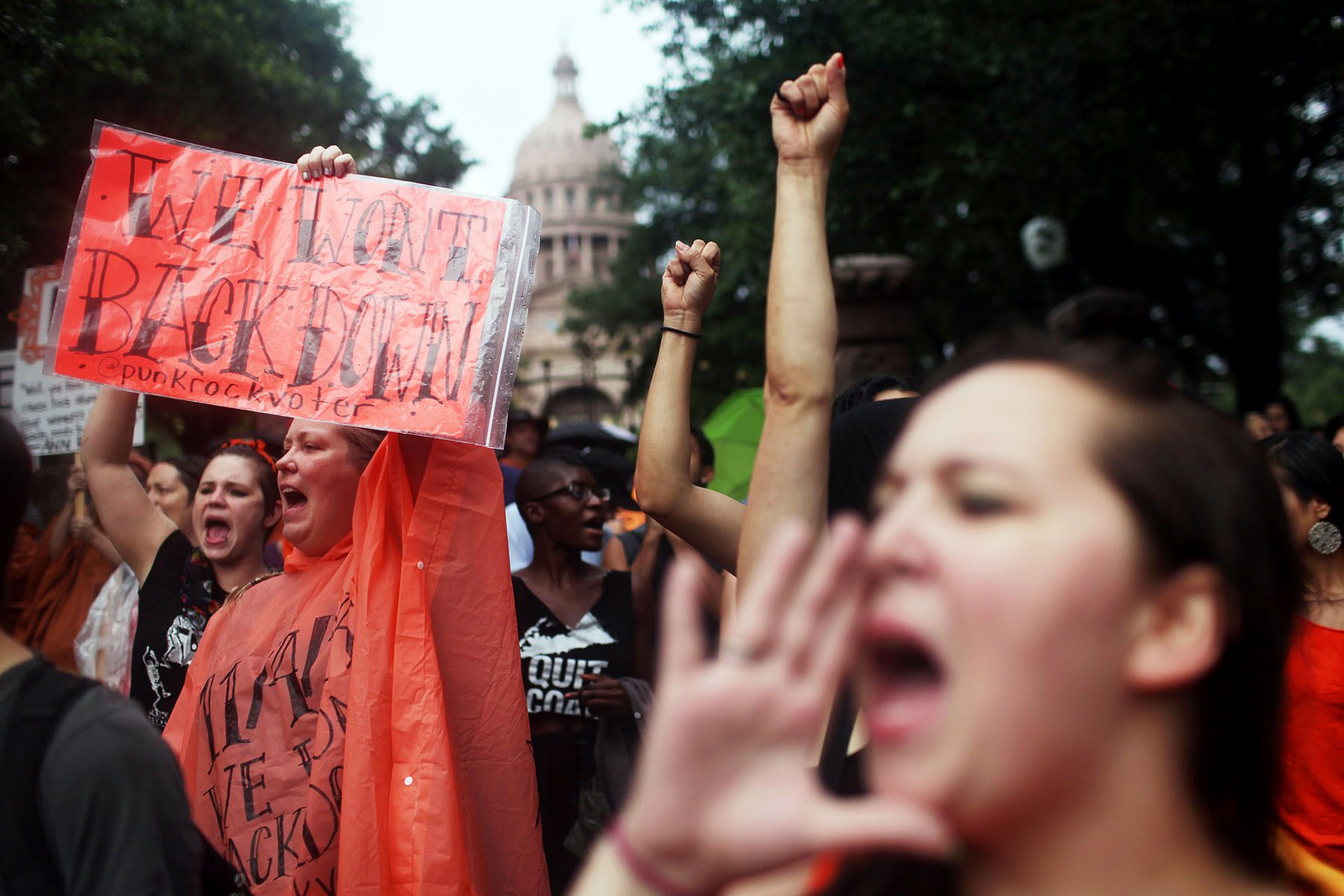
2015
A man opened fire at a Colorado Springs Planned Parenthood, killing three people and wounding nine more. His victims were later identified as Jennifer Markovsky, 35; Ke’Arre Stewart, 29; and Garrett Swasey, 44.
The same year, the Supreme Court struck down Texas’s “admitting privileges” law in a 5-3 decision, ruling the burdens placed on people were unconstitutional. Nevertheless, the damage was done — most of the clinics that closed when Texas enacted the law remain shuttered.
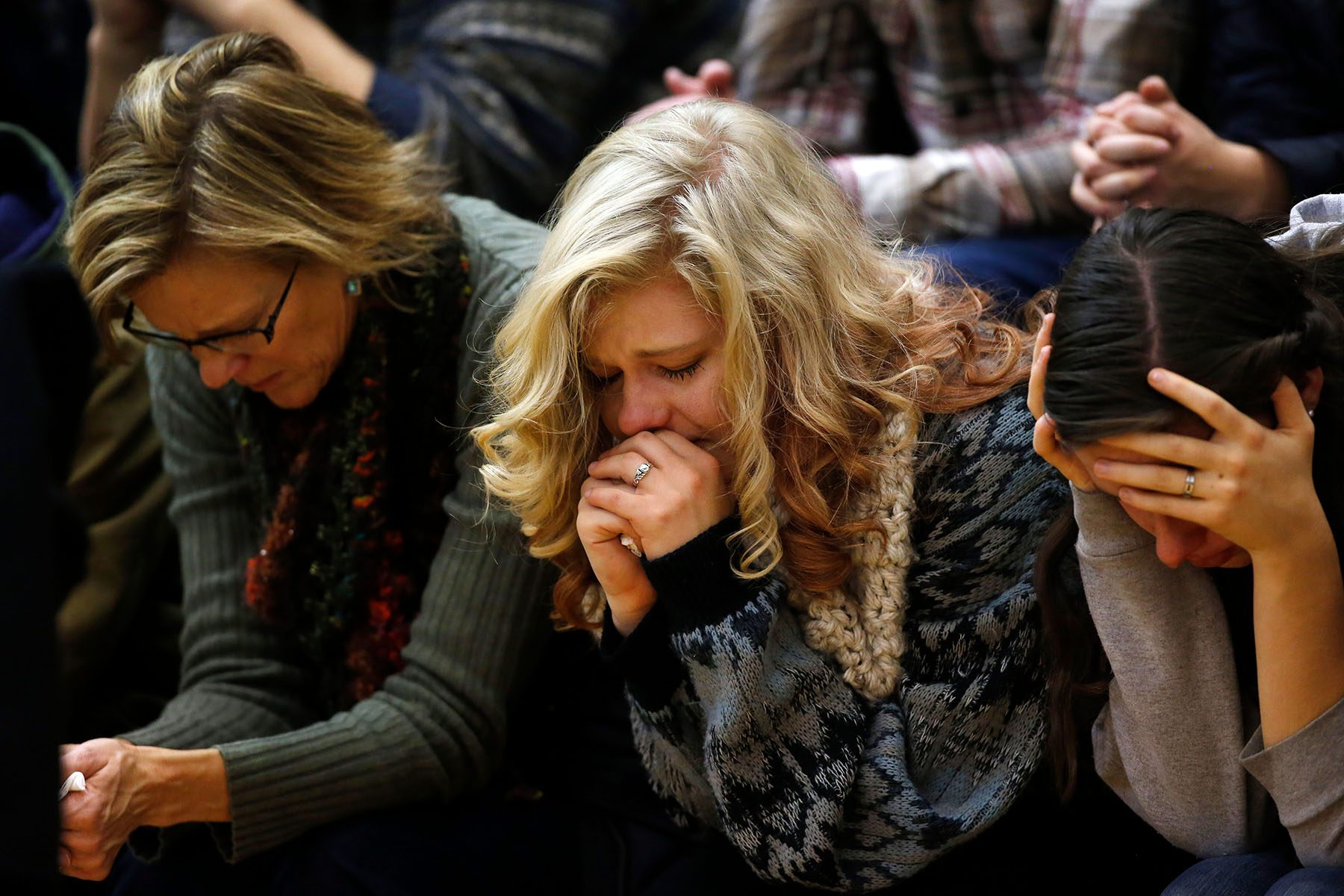
- Mourners attend a vigil held on the University of Colorado-Colorado Springs’ campus for those killed during the deadly shooting at the Planned Parenthood clinic. (Christian Murdock/The Gazette/AP)
- Nicole Miranda of Colorado Springs salutes as a procession of police vehicles follows the hearse carrying the body of slain University of Colorado-Colorado Springs Police Officer Garrett Swasey. (David Zalubowski/AP)

2016
Donald Trump became president. Running as a Republican on the campaign trail, he said people who have abortions should be punished, and promised to appoint Supreme Court justices to “automatically” overturn Roe. He was carried to victory with strong support from the religious right. Trump confirmed three justices to the court during his term in office: Neil Gorsuch, Brett Kavanaugh and Amy Coney Barrett — giving conservatives a 6-3 supermajority.
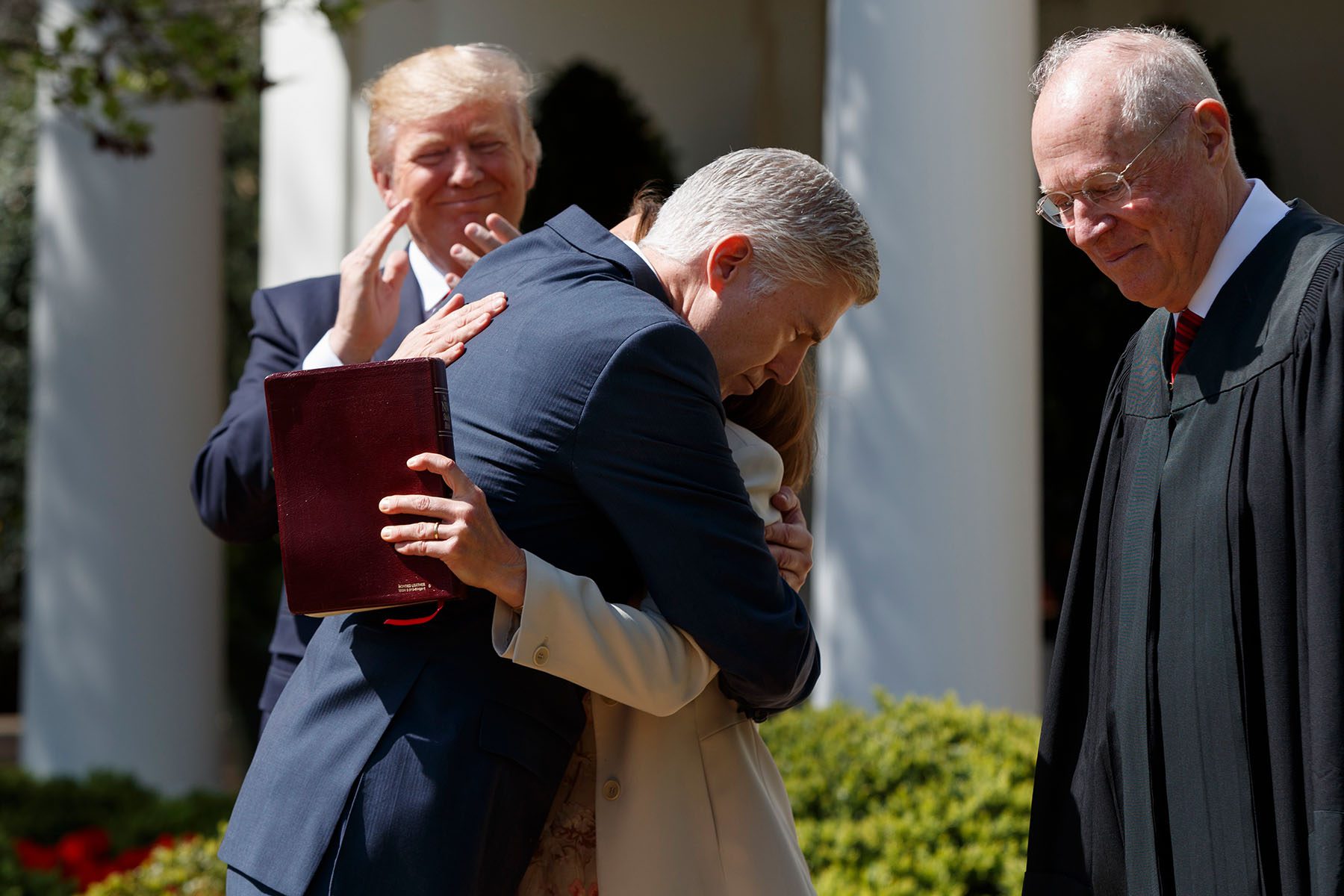
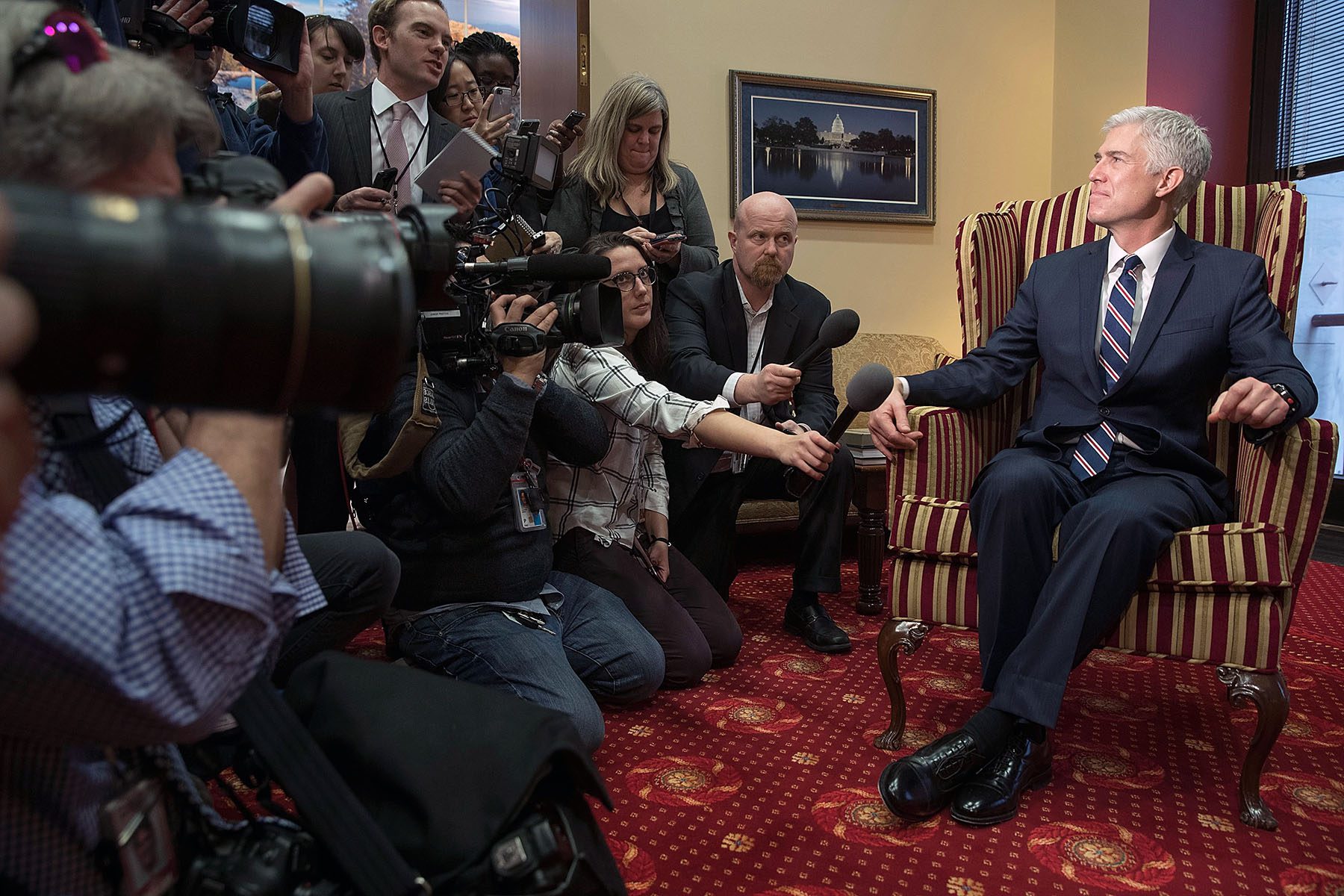
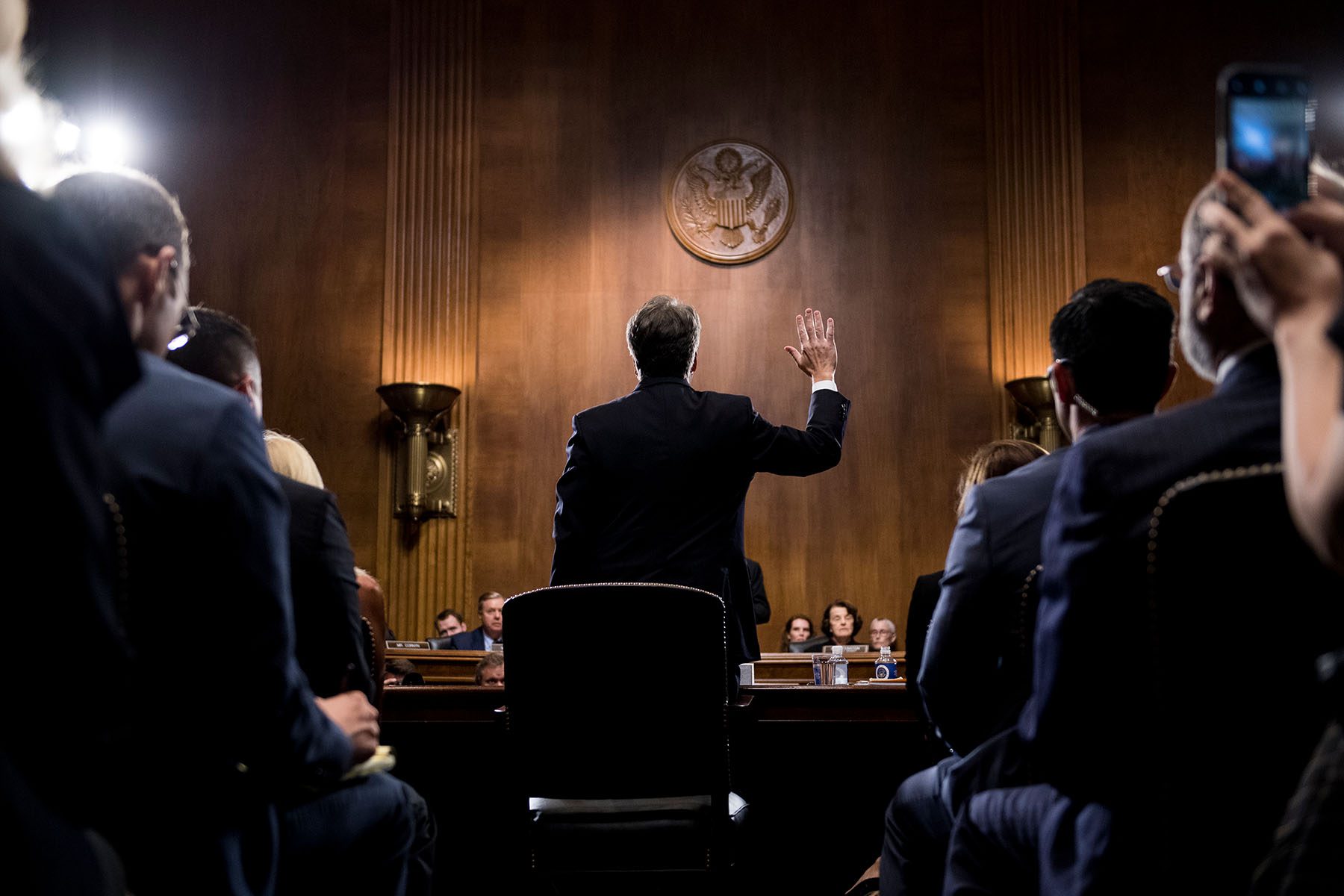
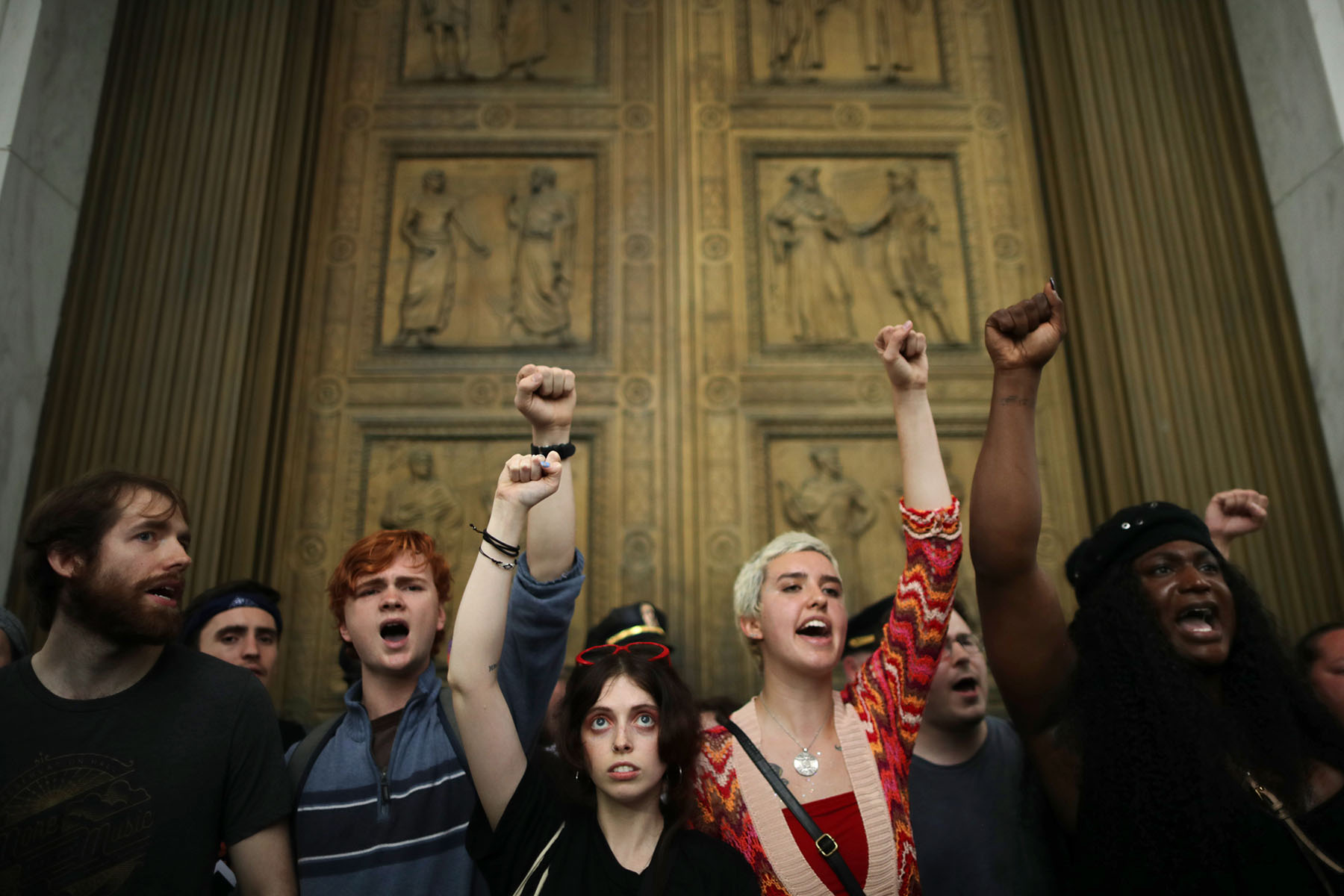
2019
Several more states passed so-called “heartbeat bills” — including Ohio and Georgia — even though the laws were blatantly unconstitutional and are blocked by courts. The author of the bills is an anti-LGBTQ+ conspiracy theorist who anti-abortion activists once considered too extreme, but who found new purchase in the Trump-era.
Emboldened by Trump, the anti-abortion movement sees more grassroots efforts to outlaw abortion entirely. New York and Illinois expand abortion rights in response to near constant attacks in other states from the Trump administration.
- Kimberly Inez McGuire shouts “Shame” after House members voted in the controversial “Heartbeat Bill.” (Brooke LaValley/The Columbus Dispatch/AP)
- Gov. Mike DeWine signs a bill imposing one of the nation’s toughest abortion restrictions, in Columbus, Ohio in April 2019. (Fred Squillante/The Columbus Dispatch/AP)
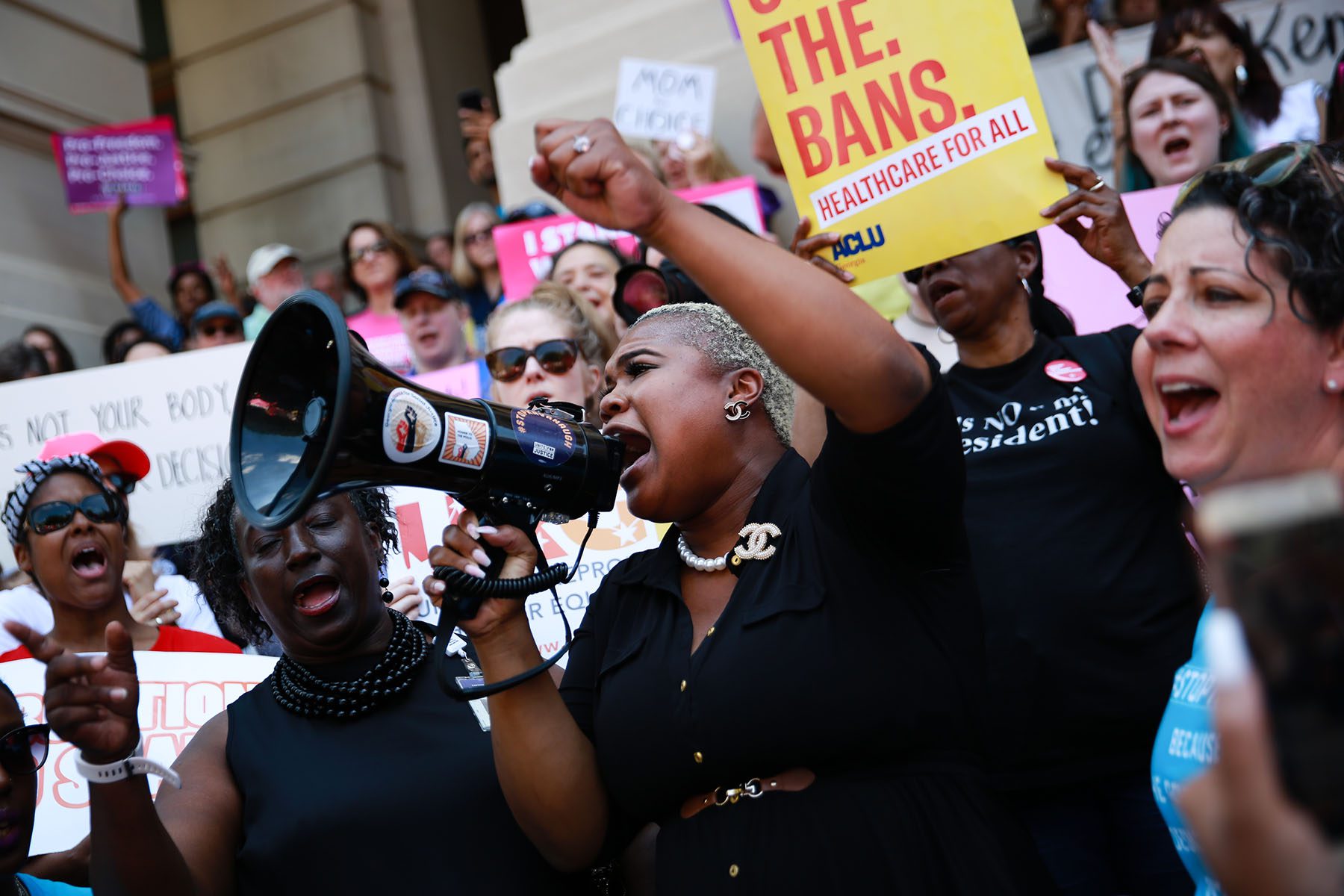
2020
The COVID-19 pandemic hit, and much of normal life came to a standstill. Hospitals and clinics across the country suspended normal operations. Ten states attempted to restrict abortion as a “nonessential” service. Courts intervened and many restrictions were lifted.
The same year, Justice Ruth Bader Ginsberg, hailed by some as the court’s greatest champion of reproductive health and freedom, died at age 87. The Trump administration quickly confirmed her successor — Barrett.
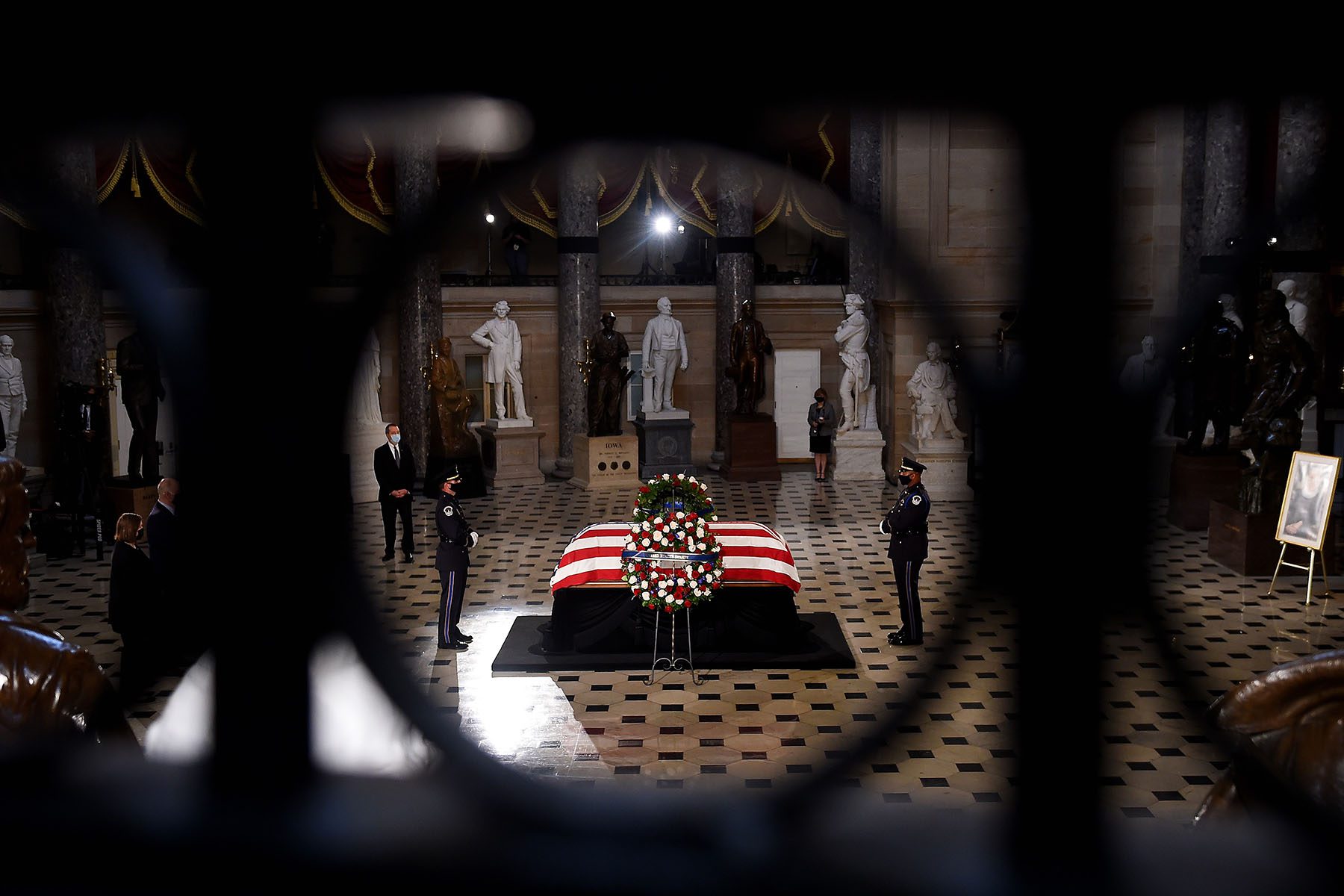
- People gather to pay respects to Justice Ruth Bader Ginsburg in front of the U.S. Supreme Court in September 2020. (Jabin Botsford/The Washington Post/Getty Images)
- People leave mementos at a makeshift memorial for Supreme Court Justice Ruth Bader Ginsburg in front of the U.S. Supreme Court in September 2020. (Samuel Corum/Getty Images)
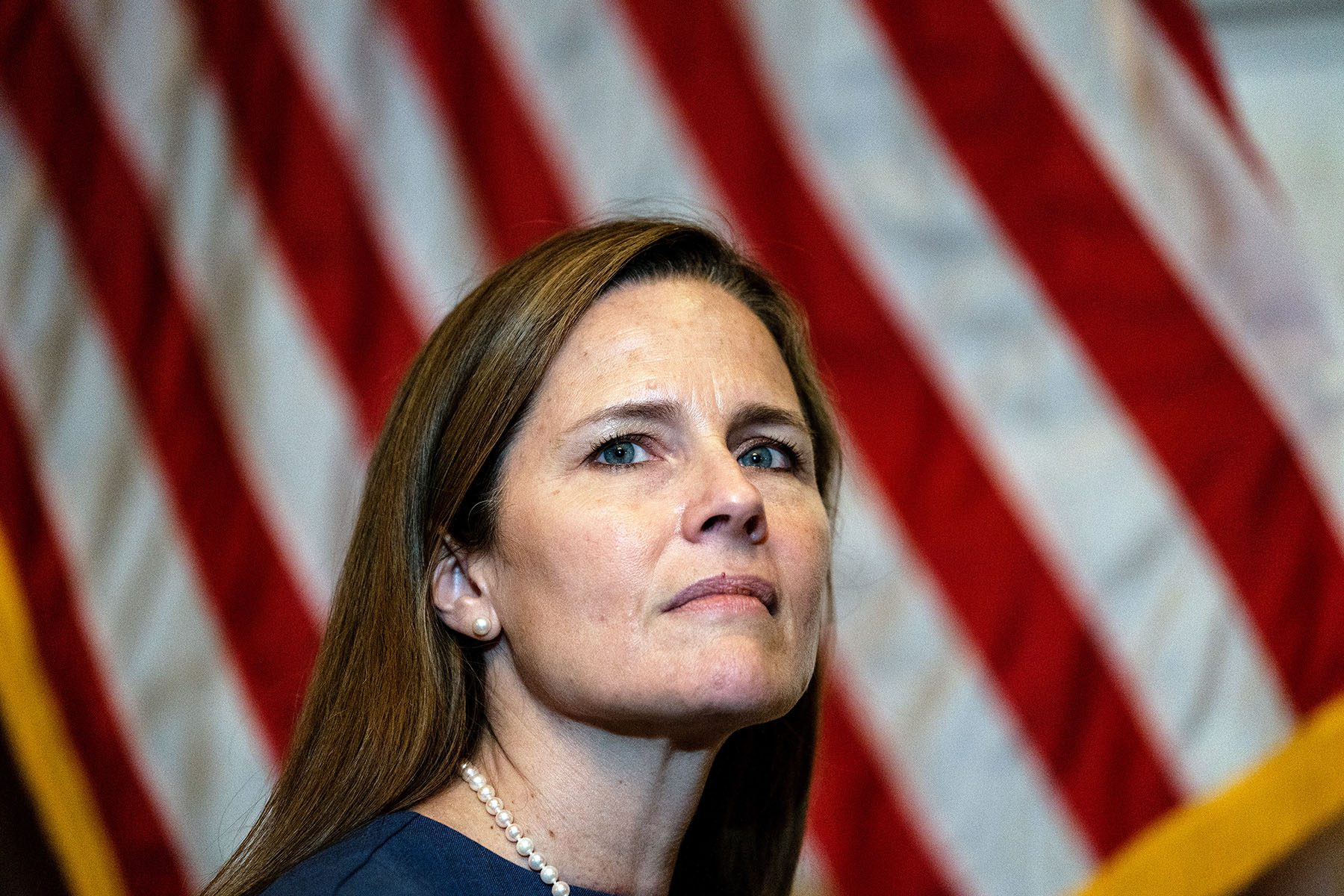
2021
By May, the Supreme Court accepted Dobbs v Jackson Women’s Health Organization, alarming activists who worried the case could be used to significantly weaken the right to abortion.
The case focuses on whether Mississippi can outlaw most abortions at 15 weeks, a direct challenge to Roe, which provides a right to abortion up to the point the fetus can live outside the womb, widely regarded as 24 weeks gestation. A full term pregnancy is 39 weeks.
By mid-year, 2021 has already become the most hostile year for abortion rights on record, with more than 90 restrictions put in place by states. In July, attorneys for Mississippi asked the court to use the Dobbs case to overturn Roe v. Wade, and called the 1973 decision one which has “poisoned our national discourse” and “plagued the law”.
By September, the Supreme Court let Texas’s six-week abortion ban go into effect while it was litigated, halting the vast majority of abortions in the nation’s second biggest state geographically. Experts call Roe v. Wade a “desiccated husk” of a ruling.
If the Mississippi case leads to the fall of Roe v. Wade when the court issues its decision in 2022, and abortion restrictions are left to the states, more than half would likely move to again make the procedure illegal.
Dr. Wendy Chavkin, a special lecturer in population and family health and clinical obstetrics and gynecology at Columbia University who helped found Global Doctors for Choice, said such a decision would set the United States back decades.
“If this thing goes wrong, we’re bucking the historic tide,” of liberalizing abortion laws globally, said Chavkin. “It’ll be like some of those just decisions that the U.S. is — embarrassed is an inadequate word — but profoundly embarrassed by for years and will have a lot of trouble ameliorating the harms that will result.”
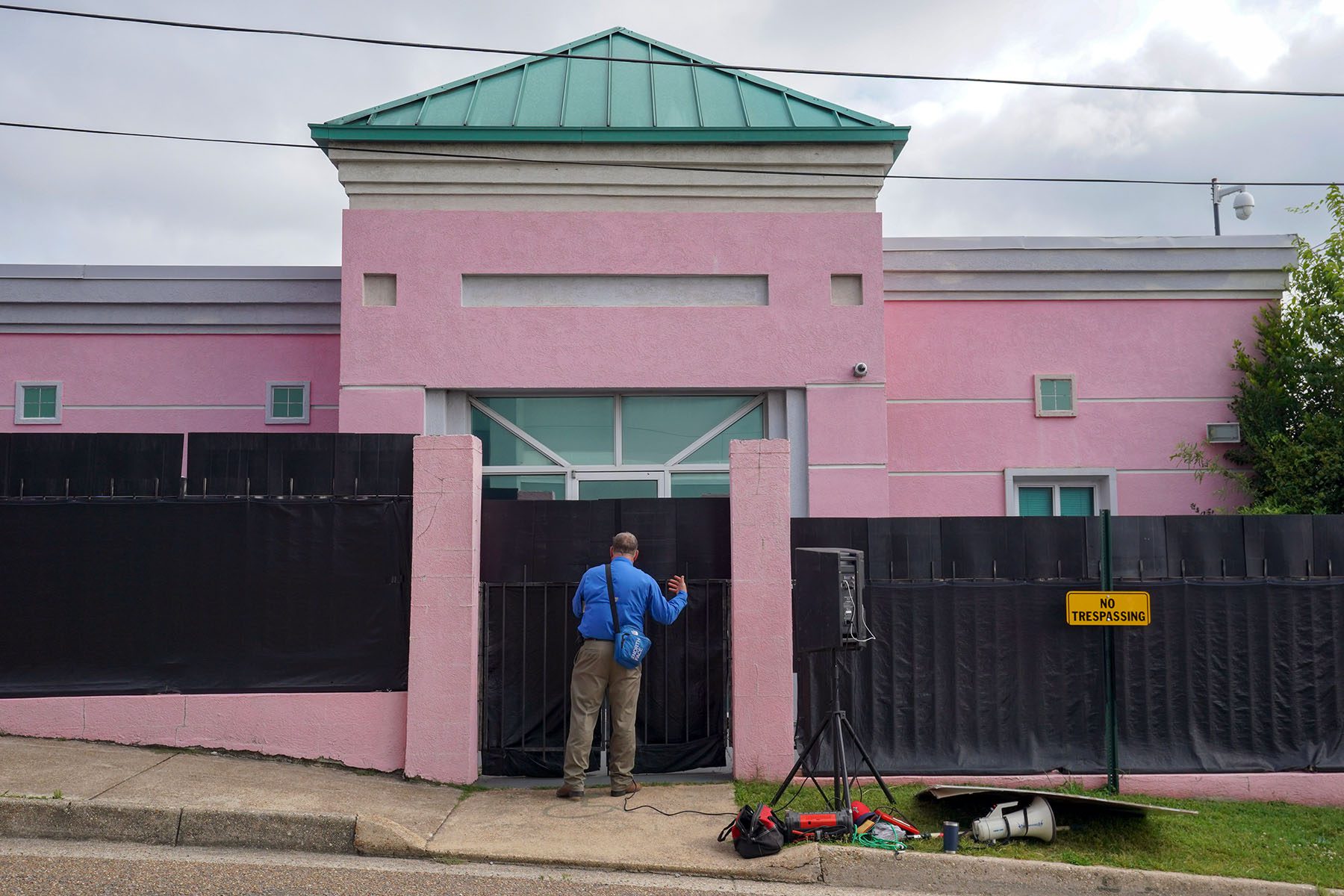
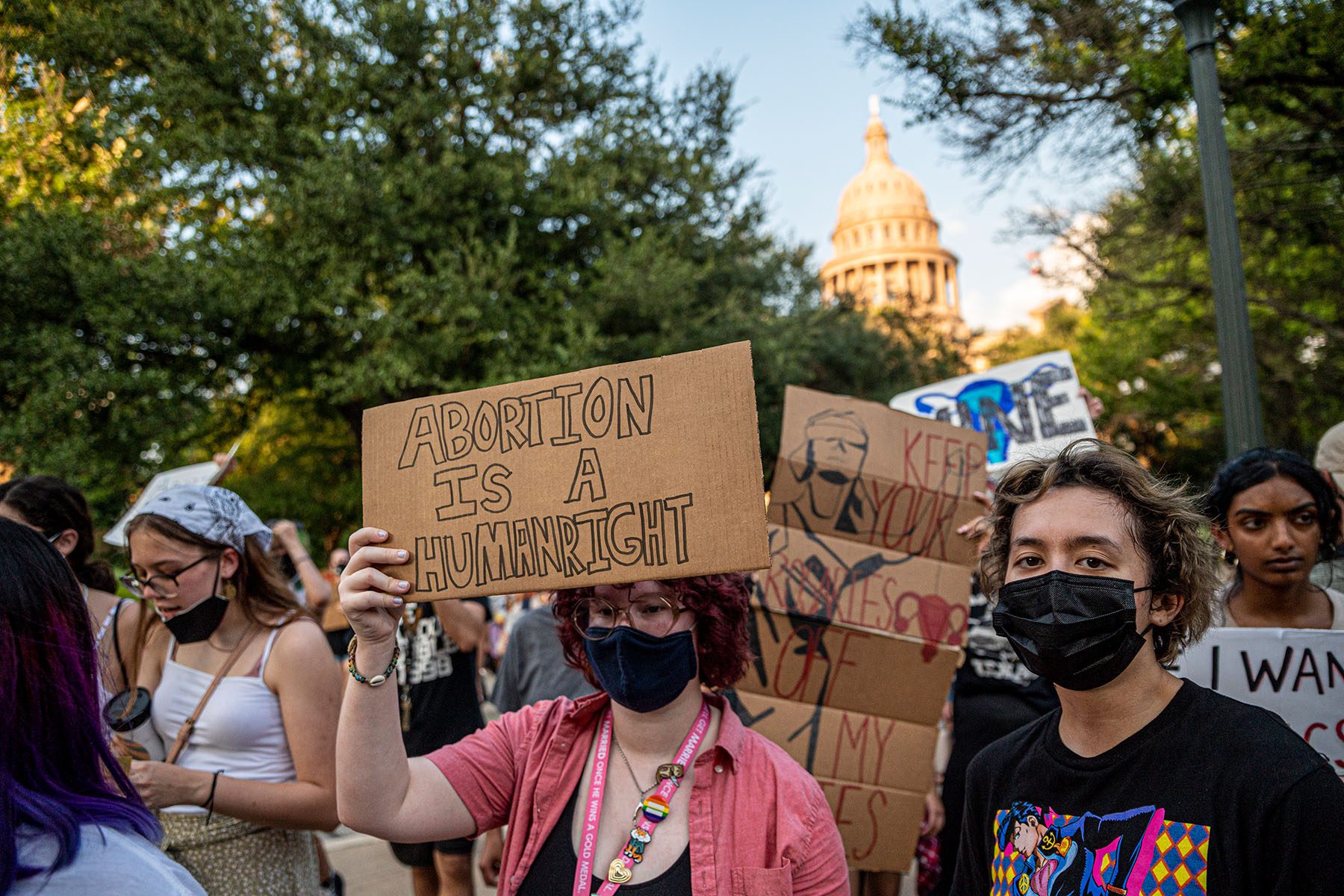
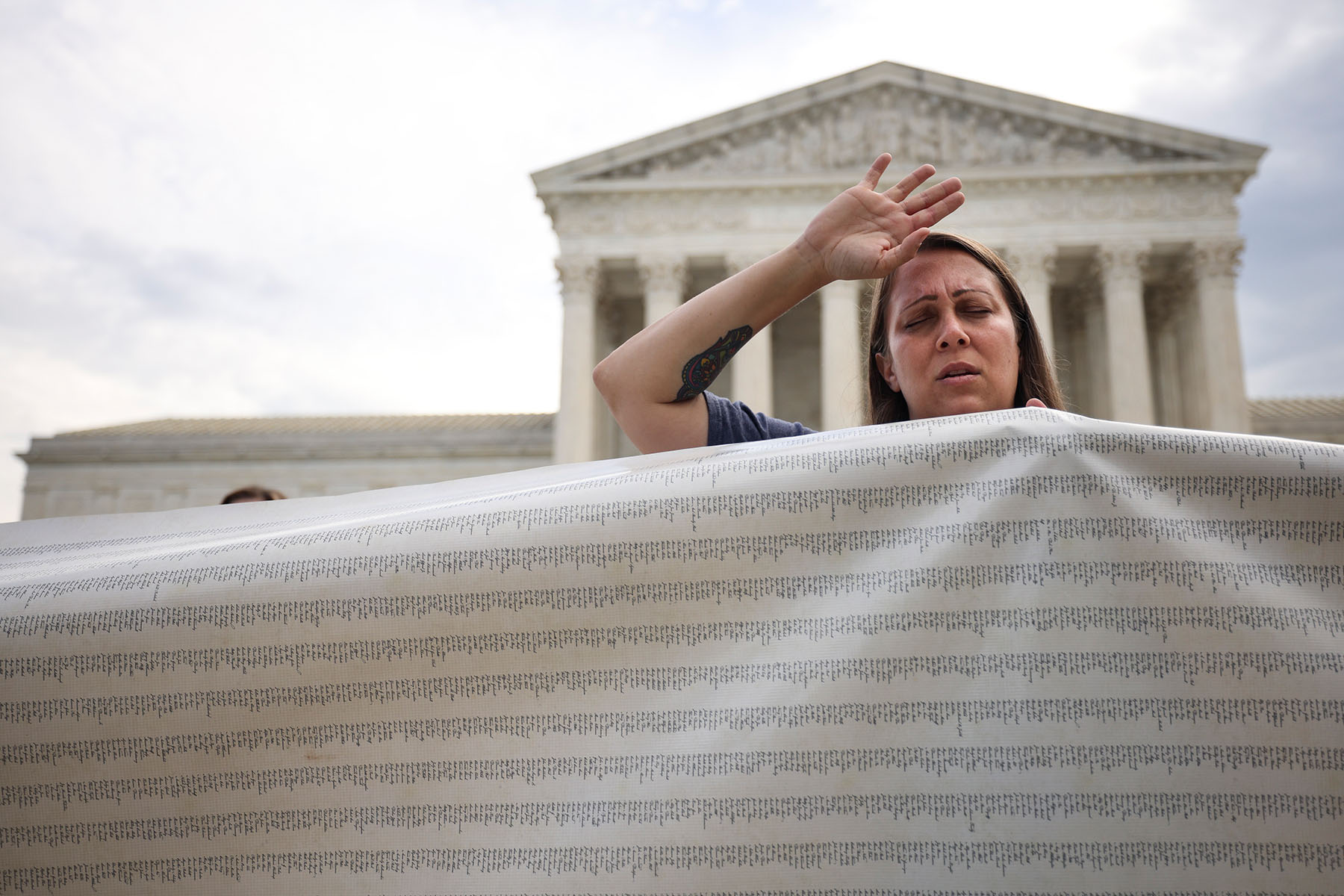
- Protesters listen to the National Anthem as they take part in the Women’s March and Rally for Abortion Justice in Austin, Texas, in October 2021. (Sergio Flores/AFP/Getty Images)
- Protesters take part in the Women’s March and Rally for Abortion Justice in Wilmington, Delaware, in October 2021. (Ed Jones/AFP/Getty Images)
